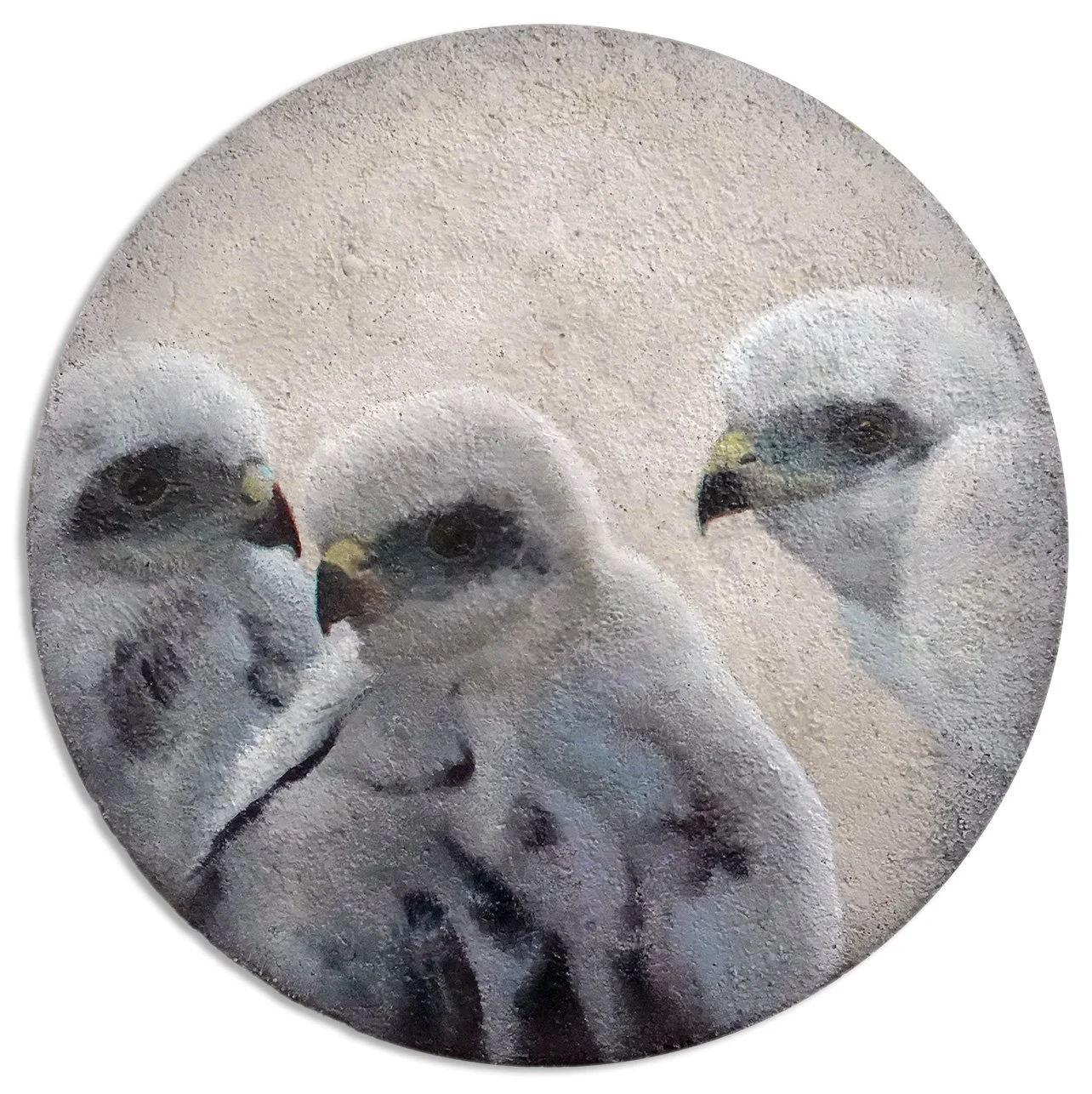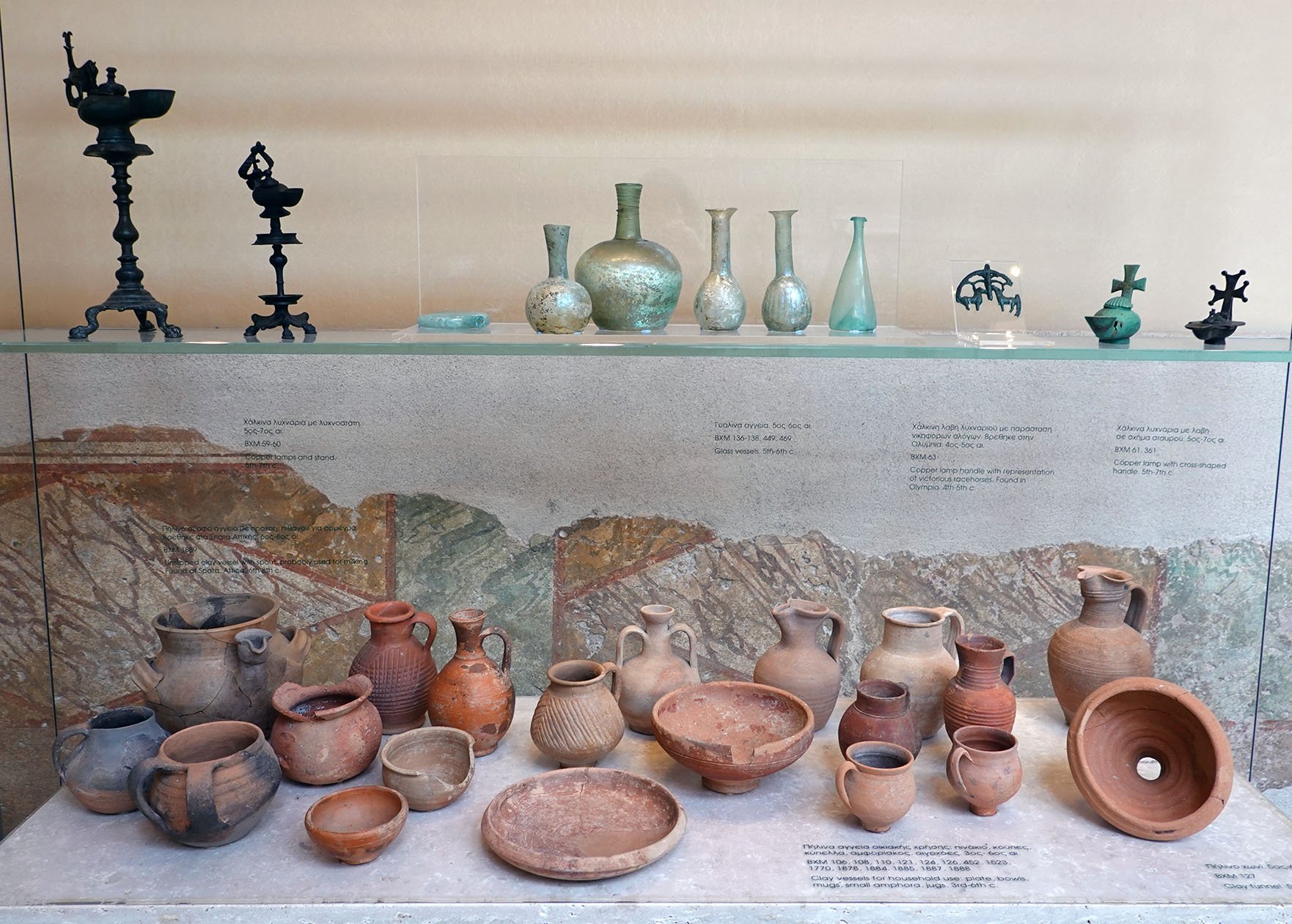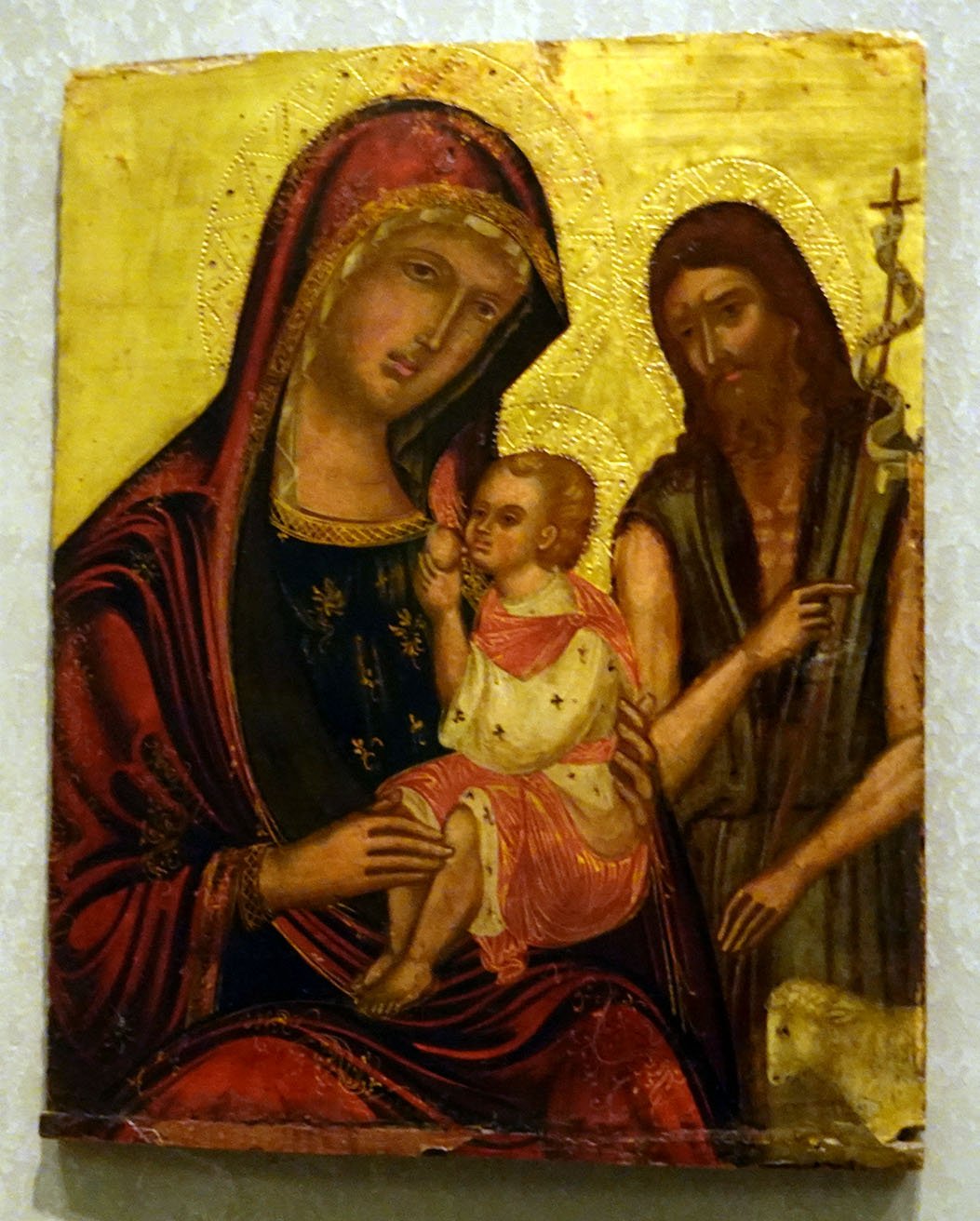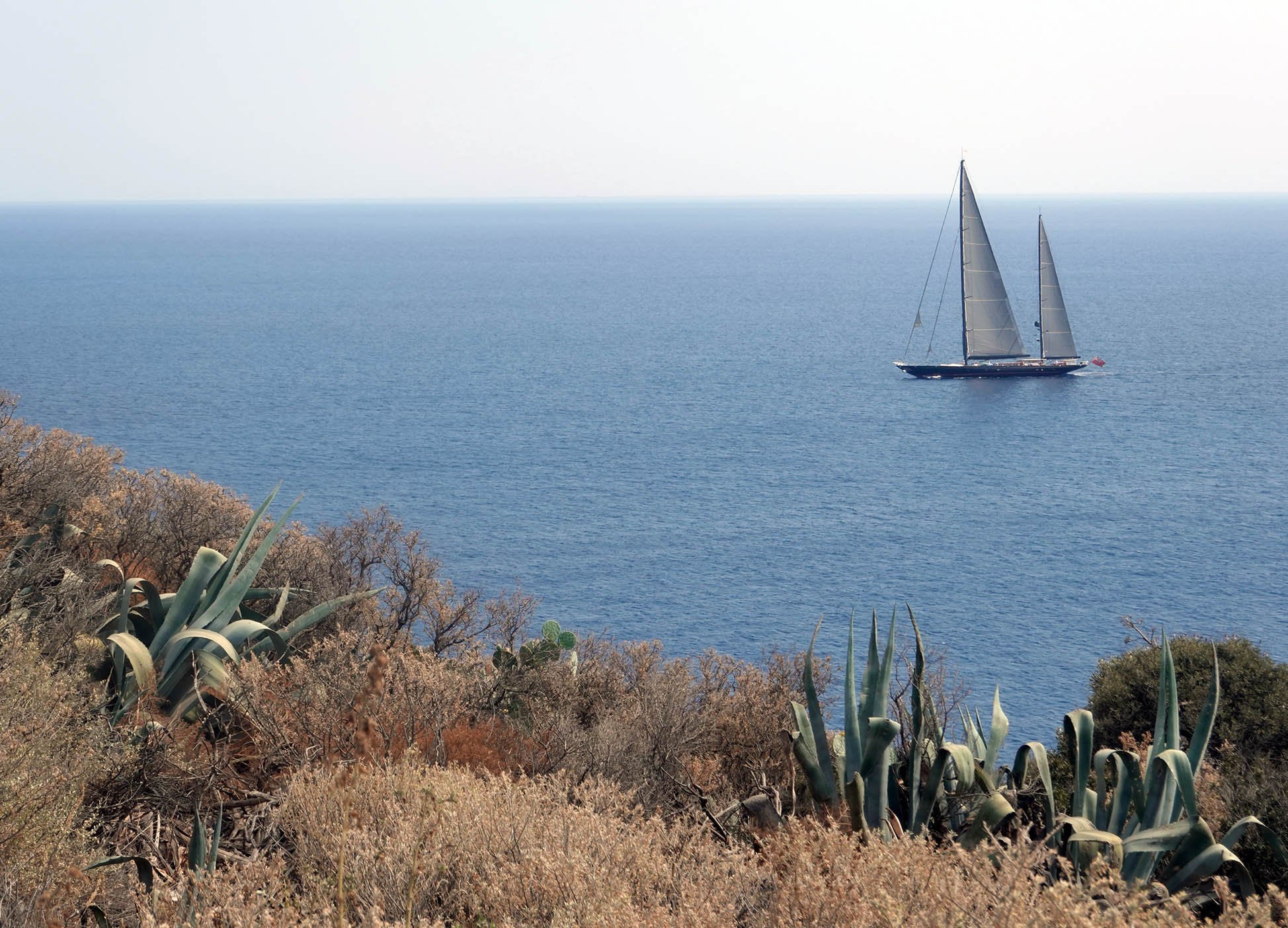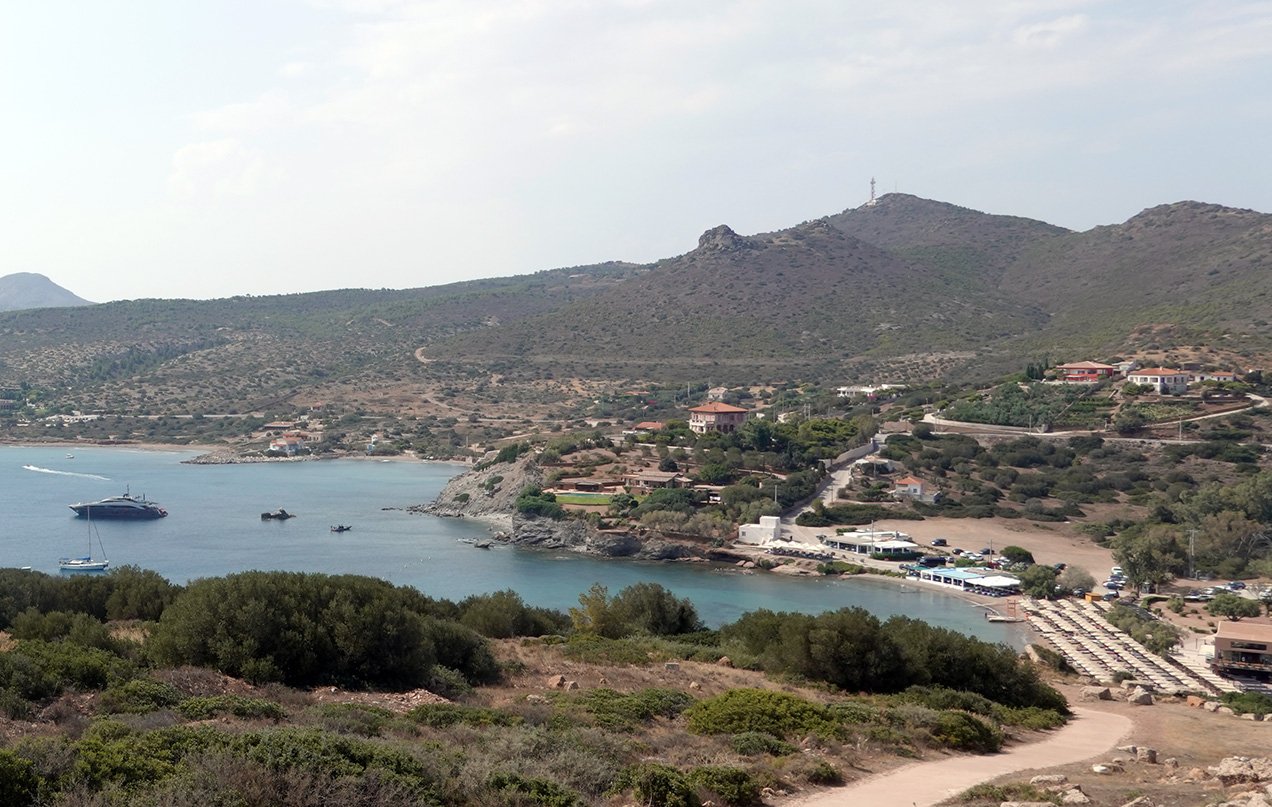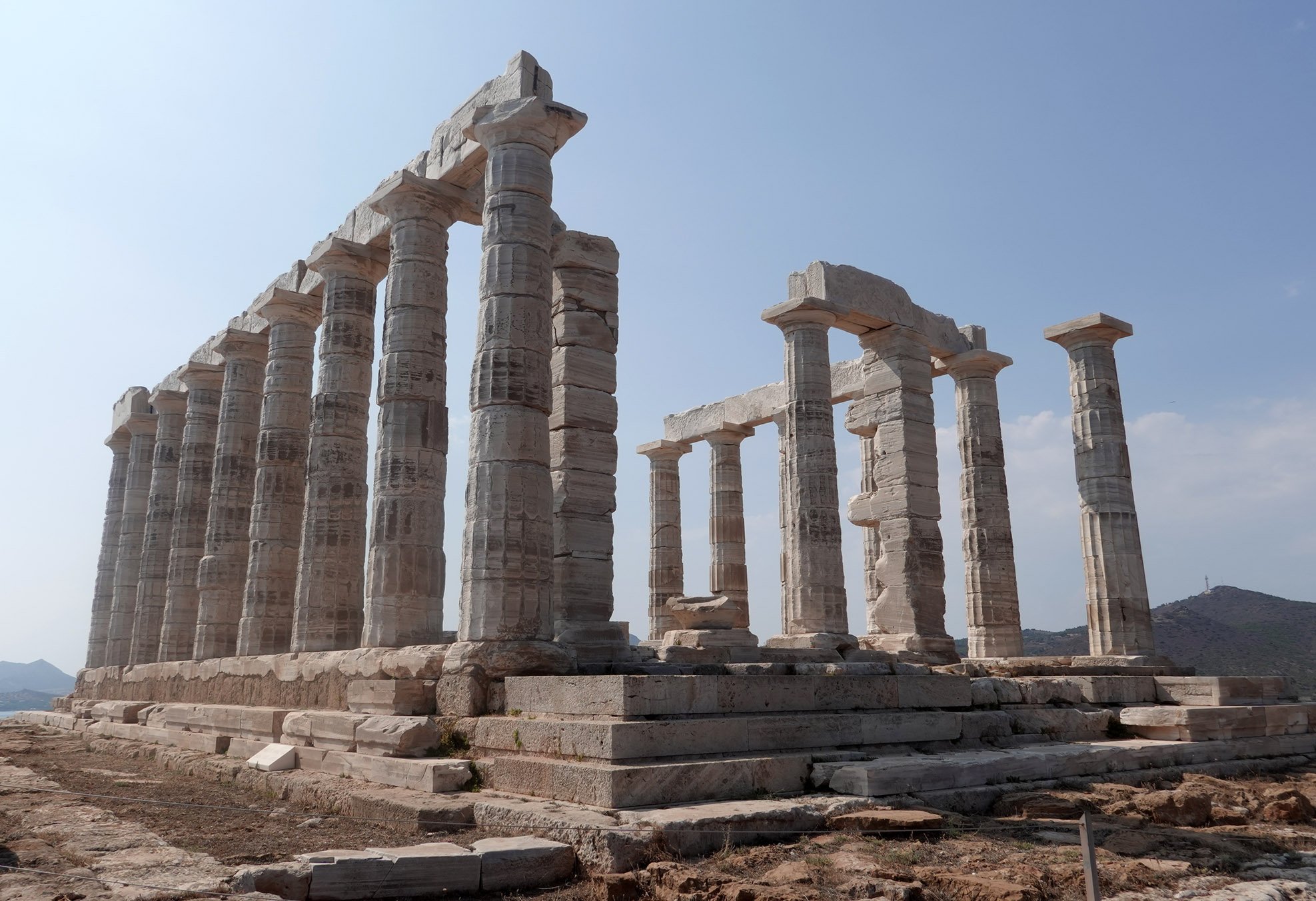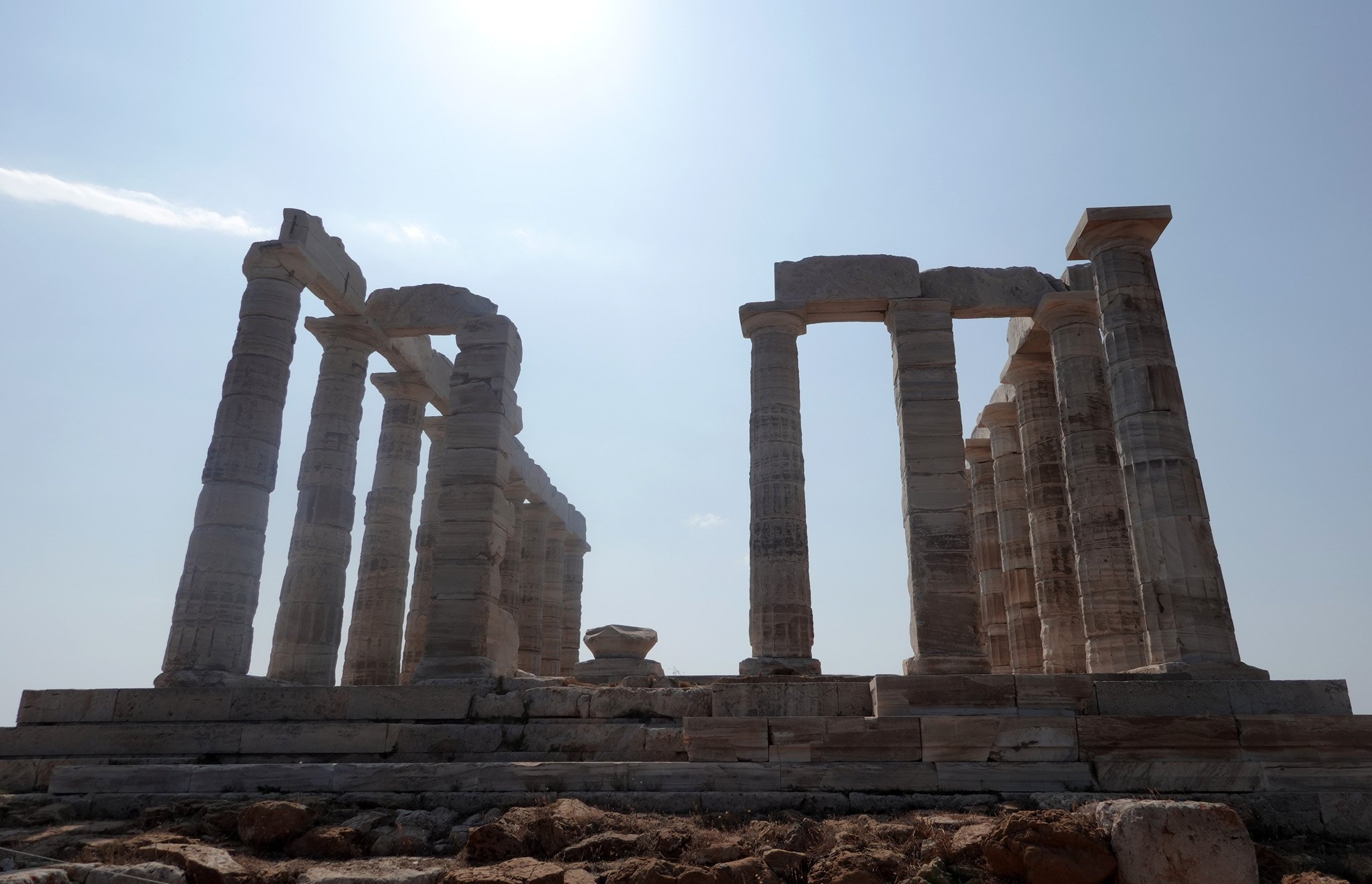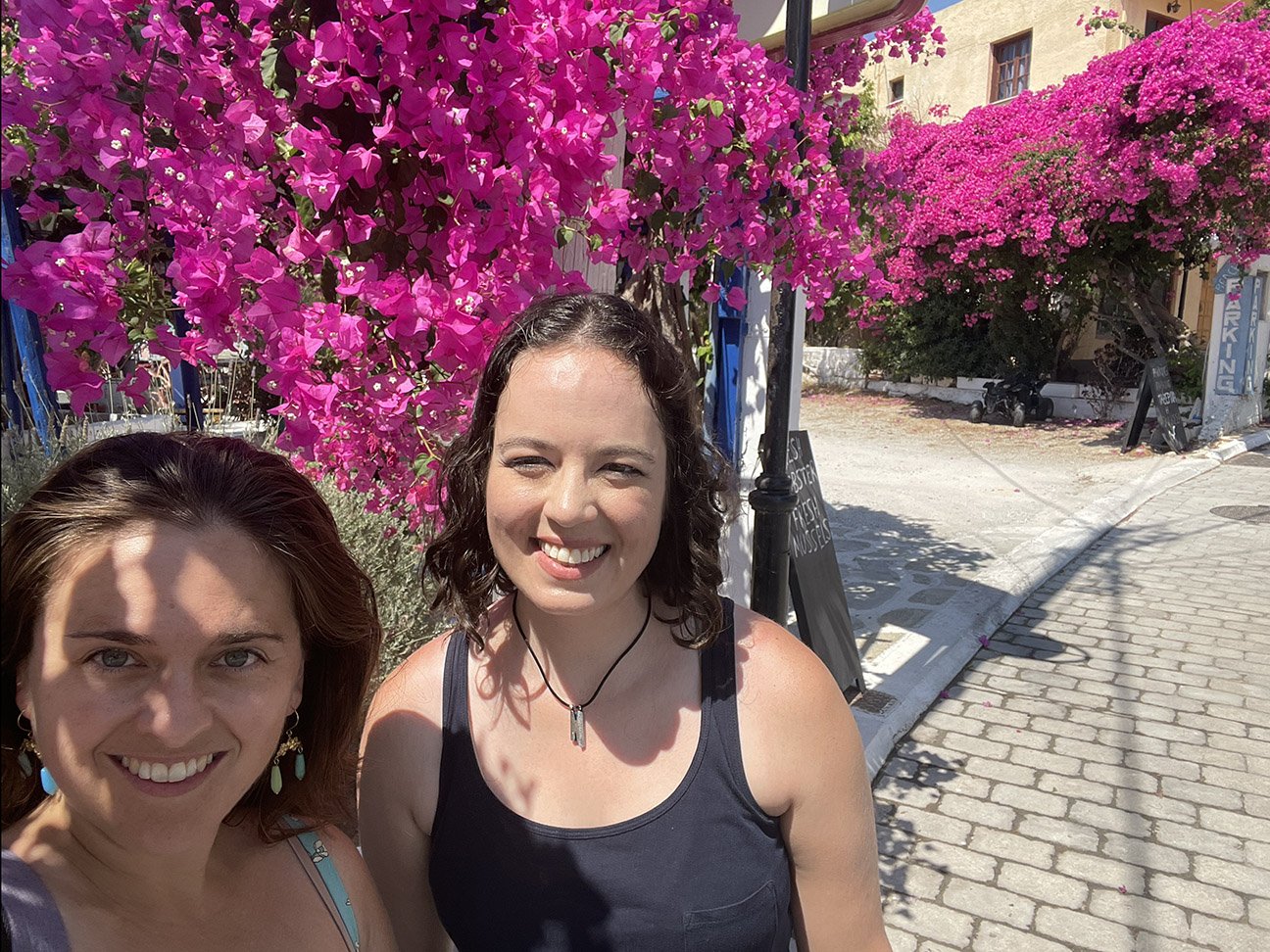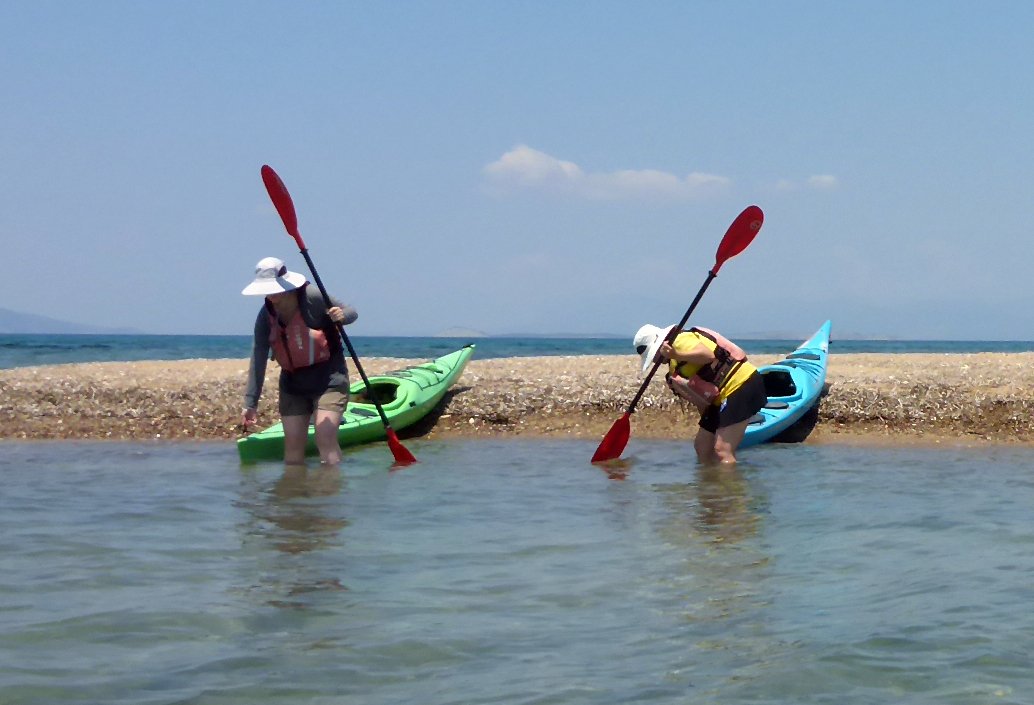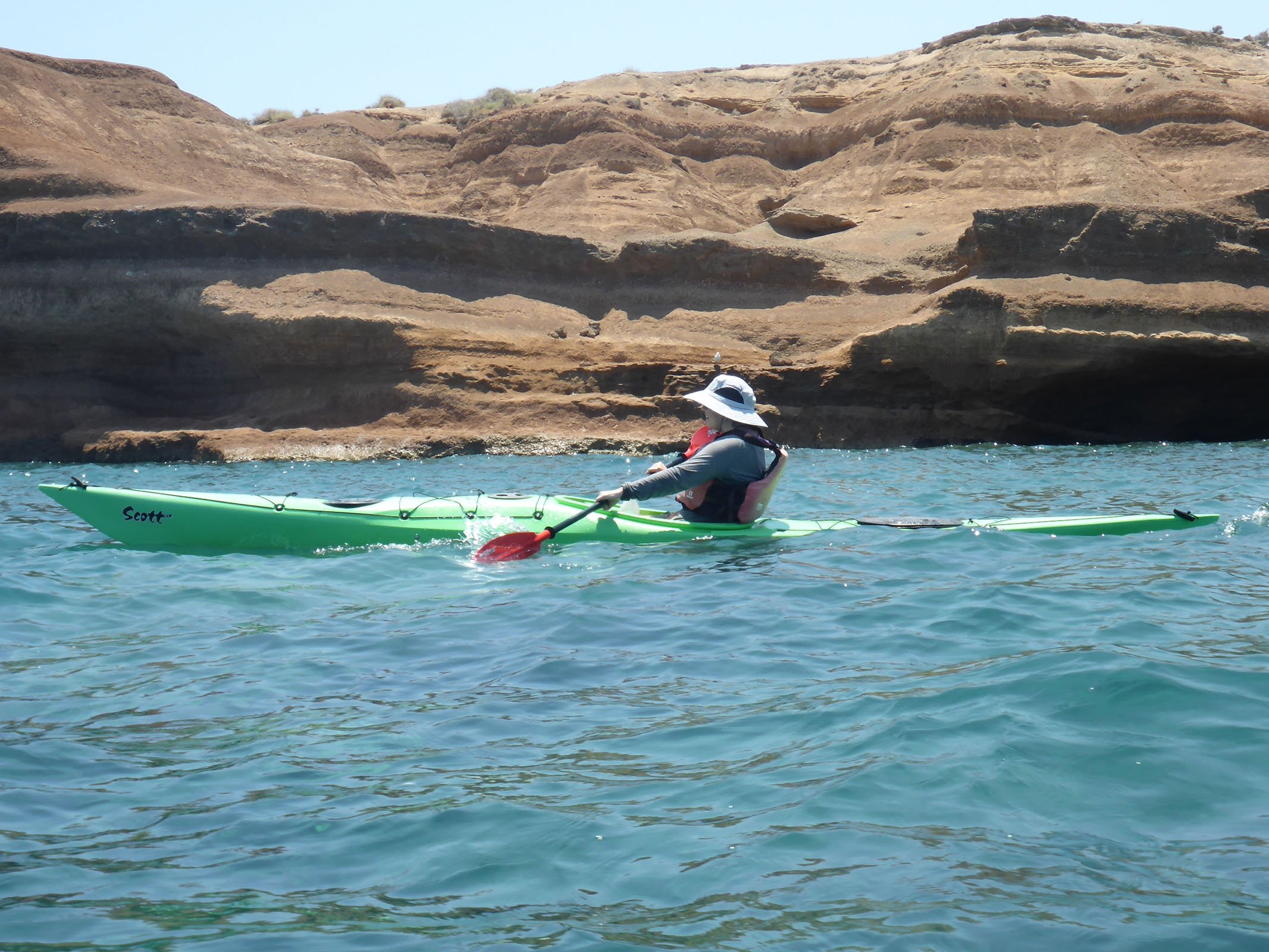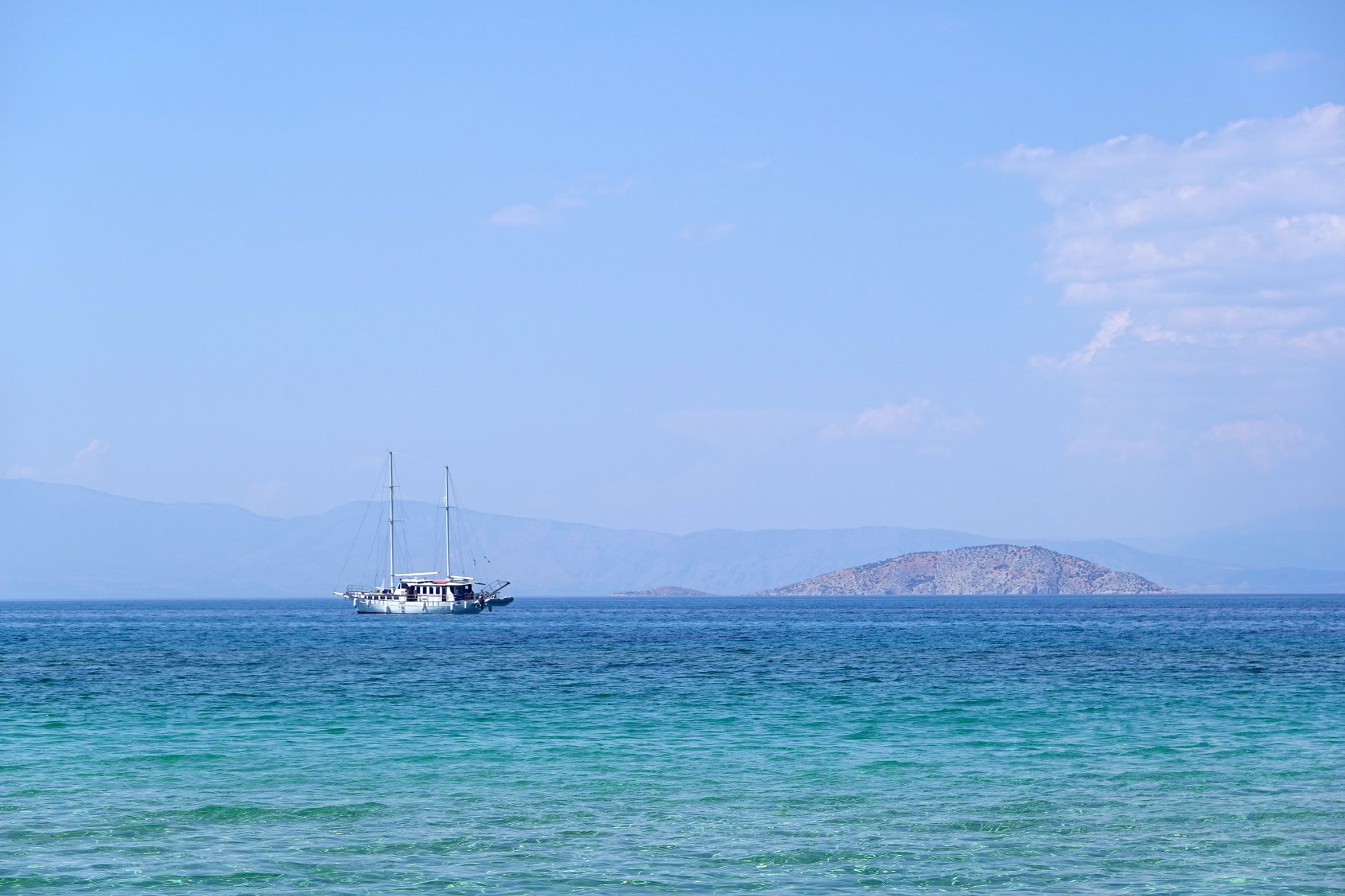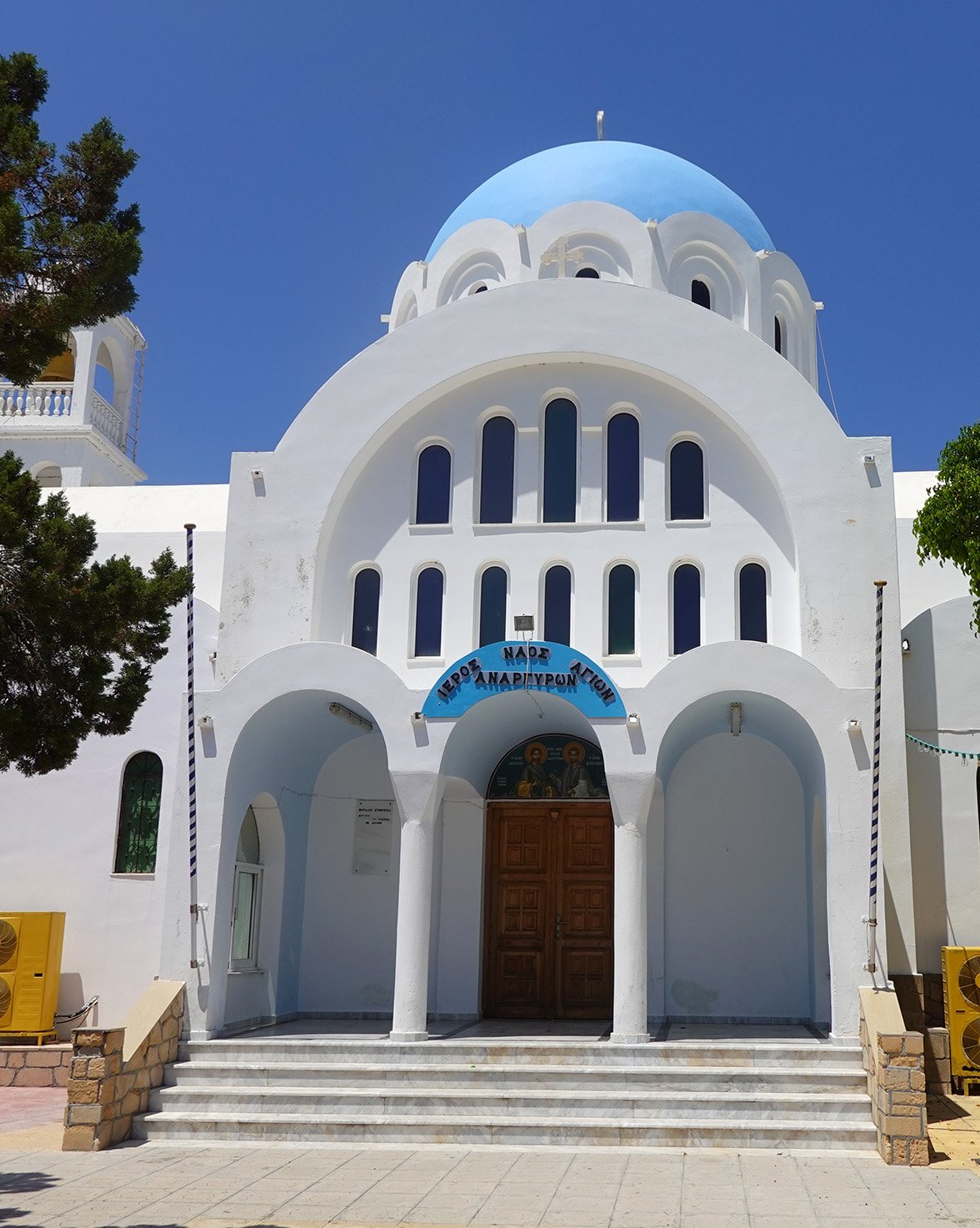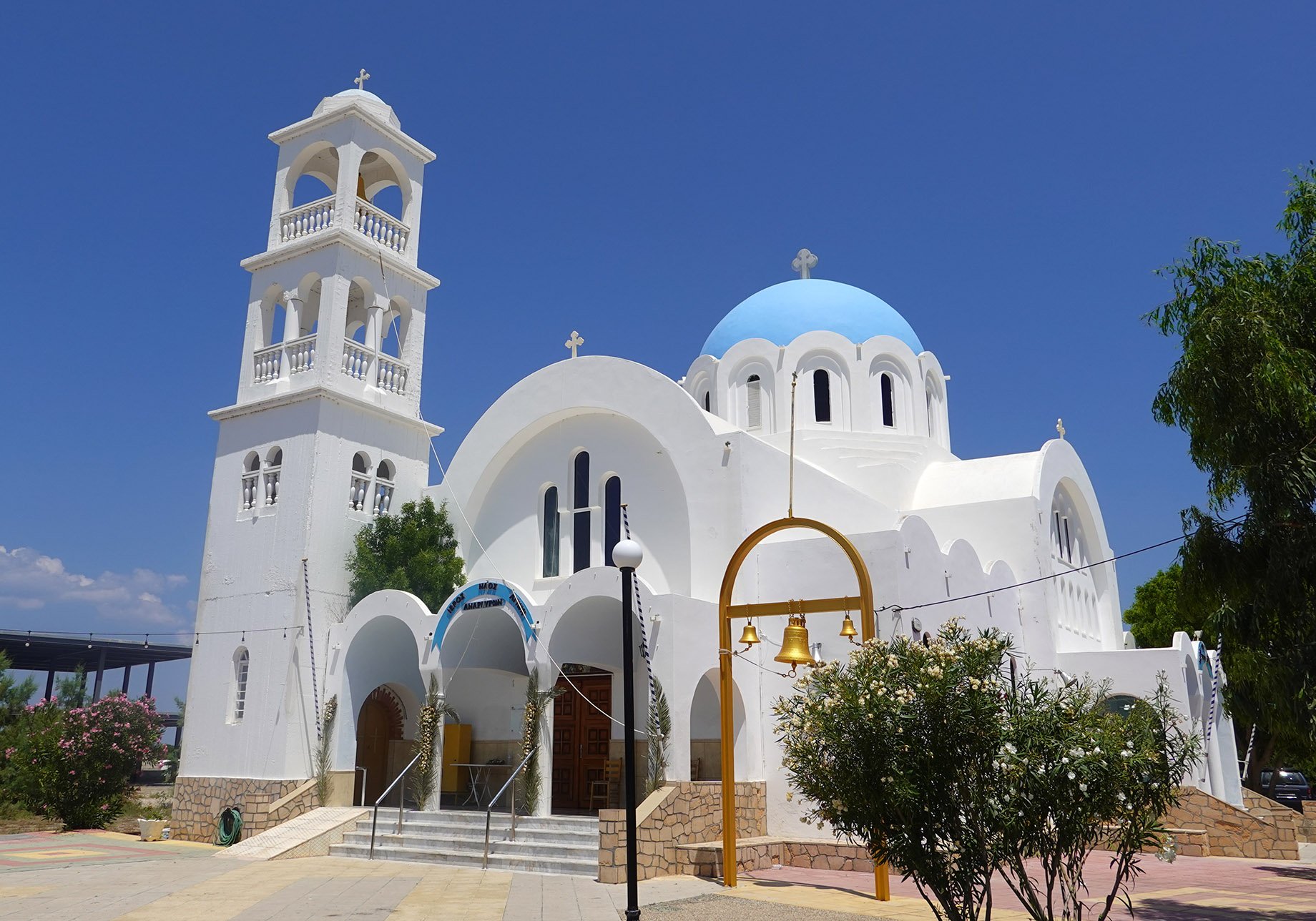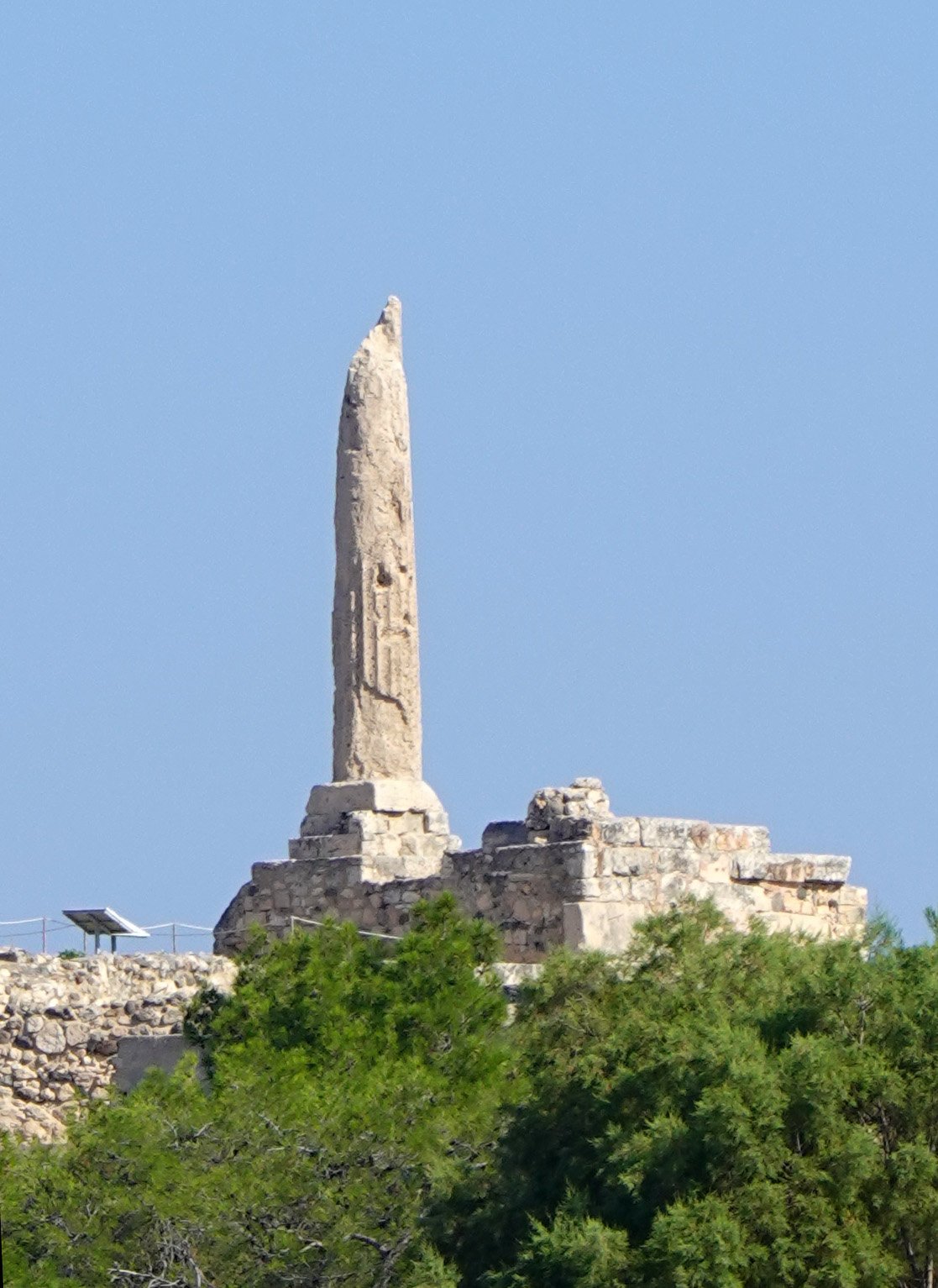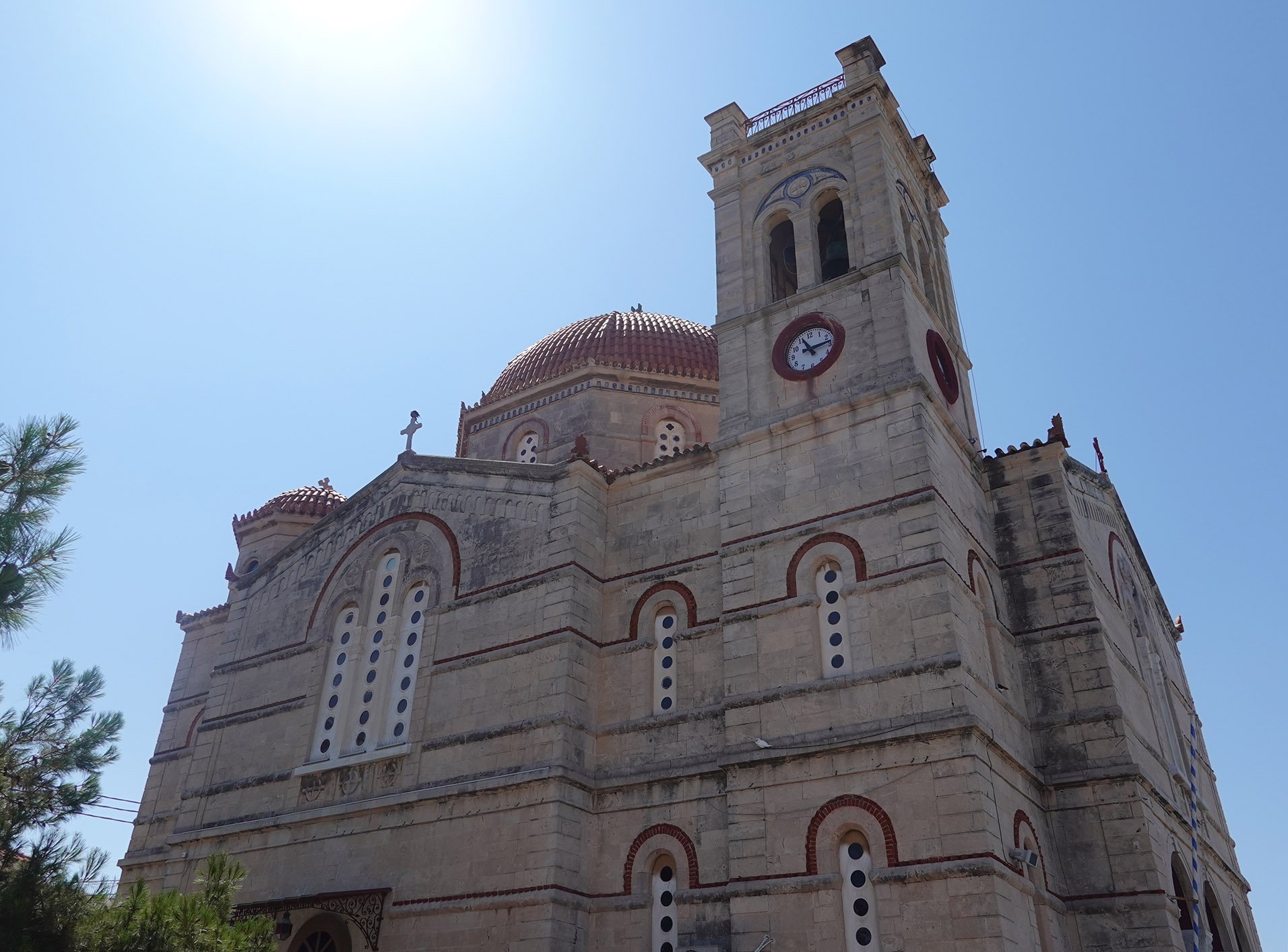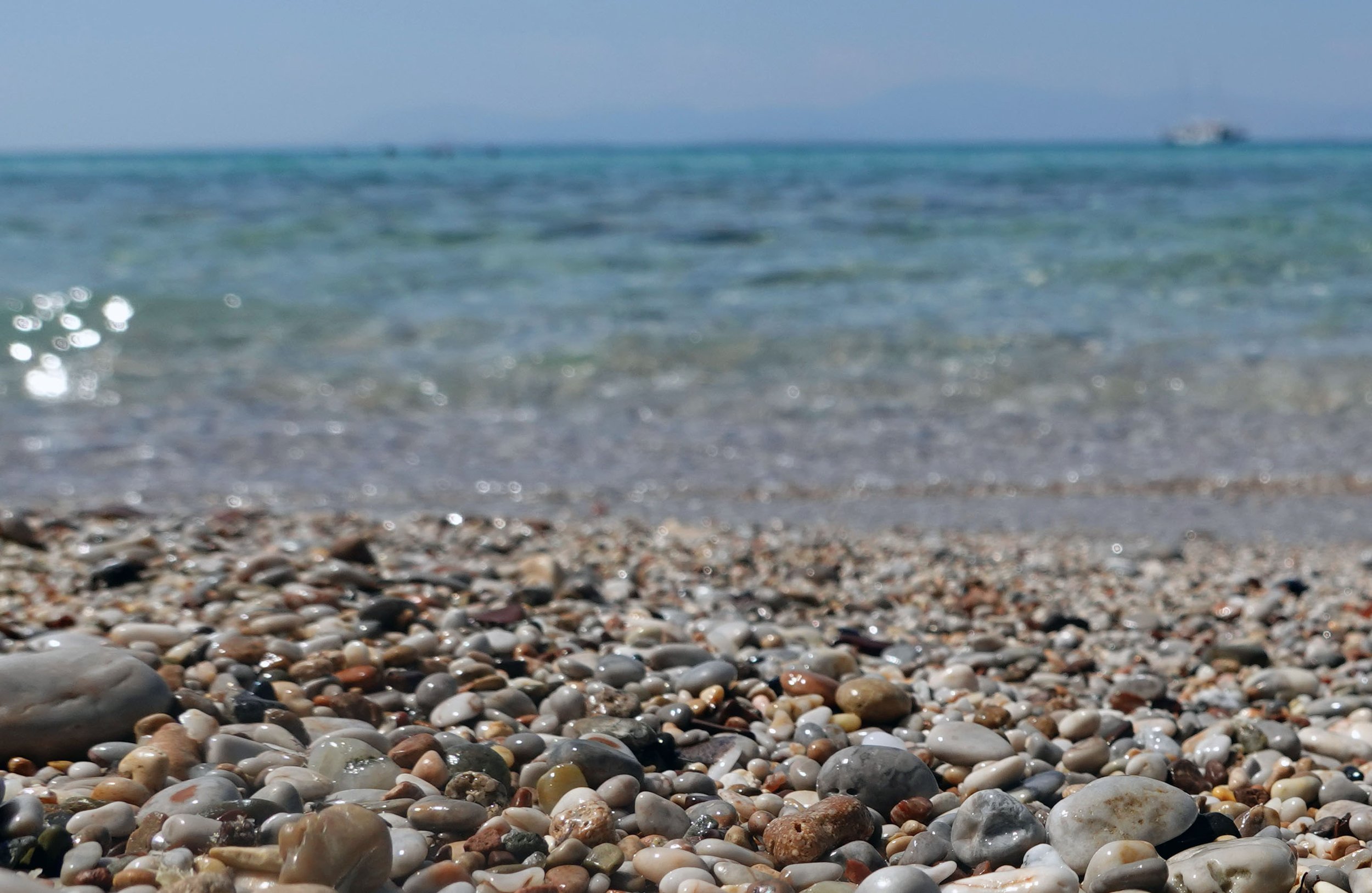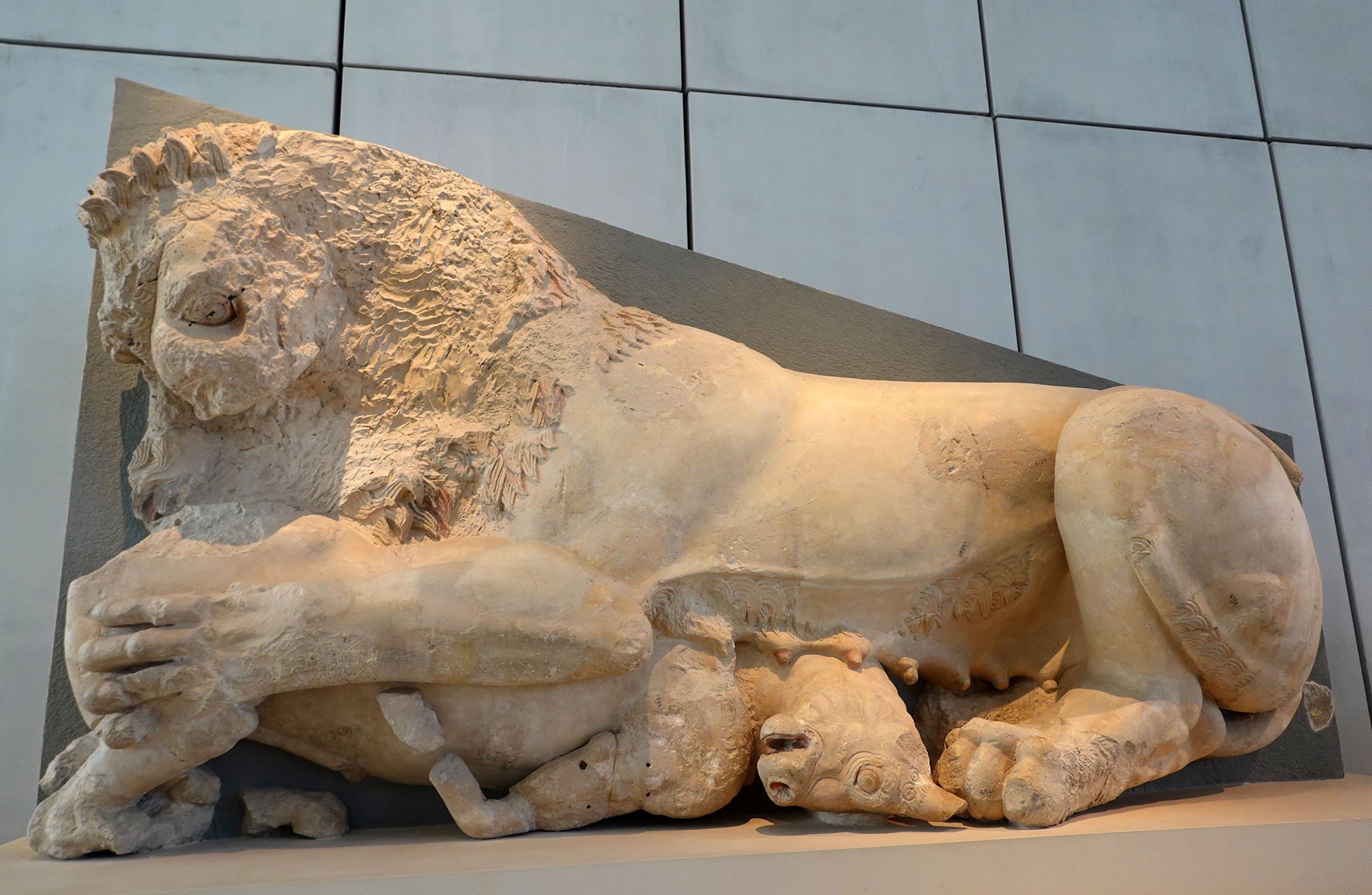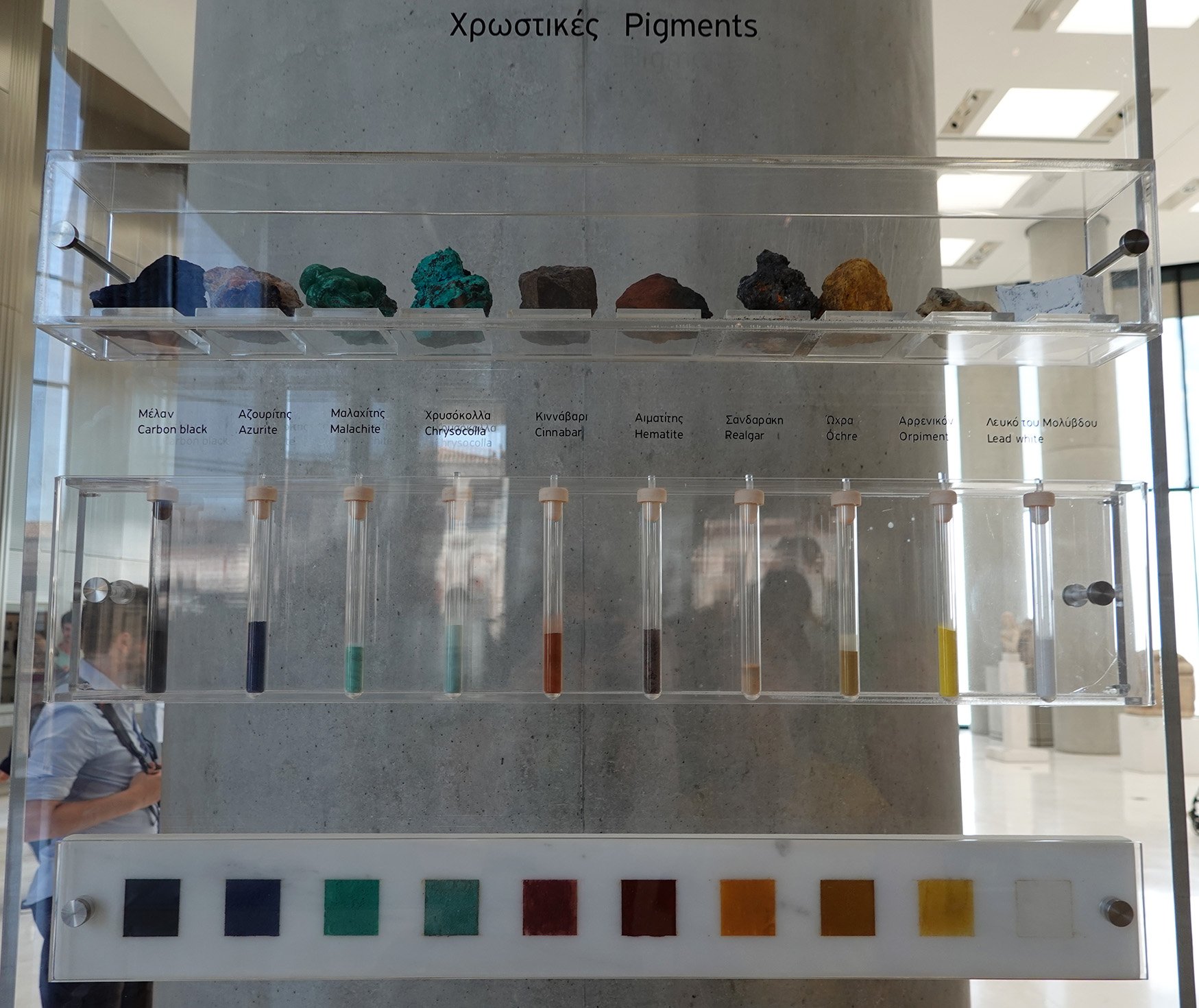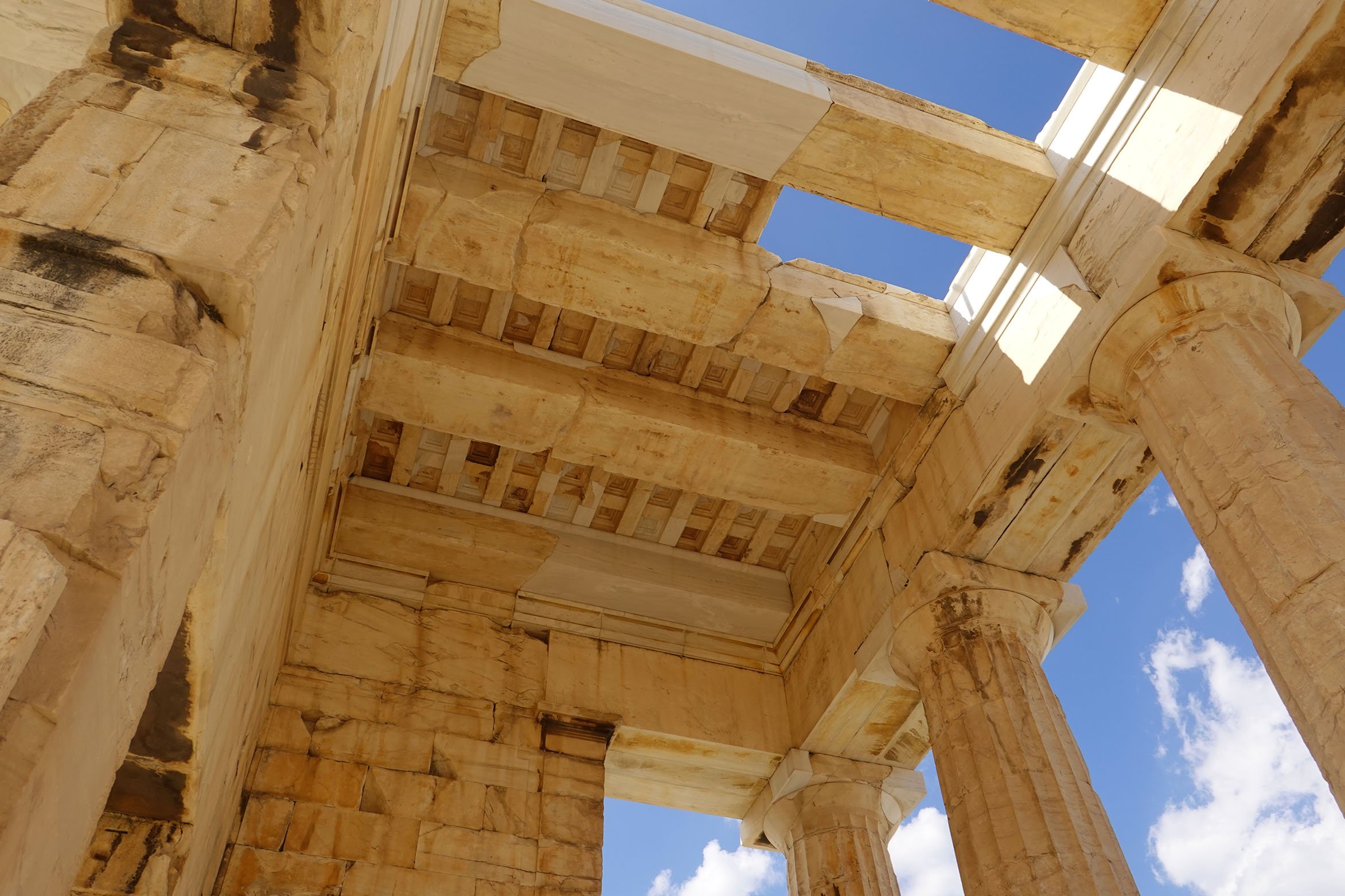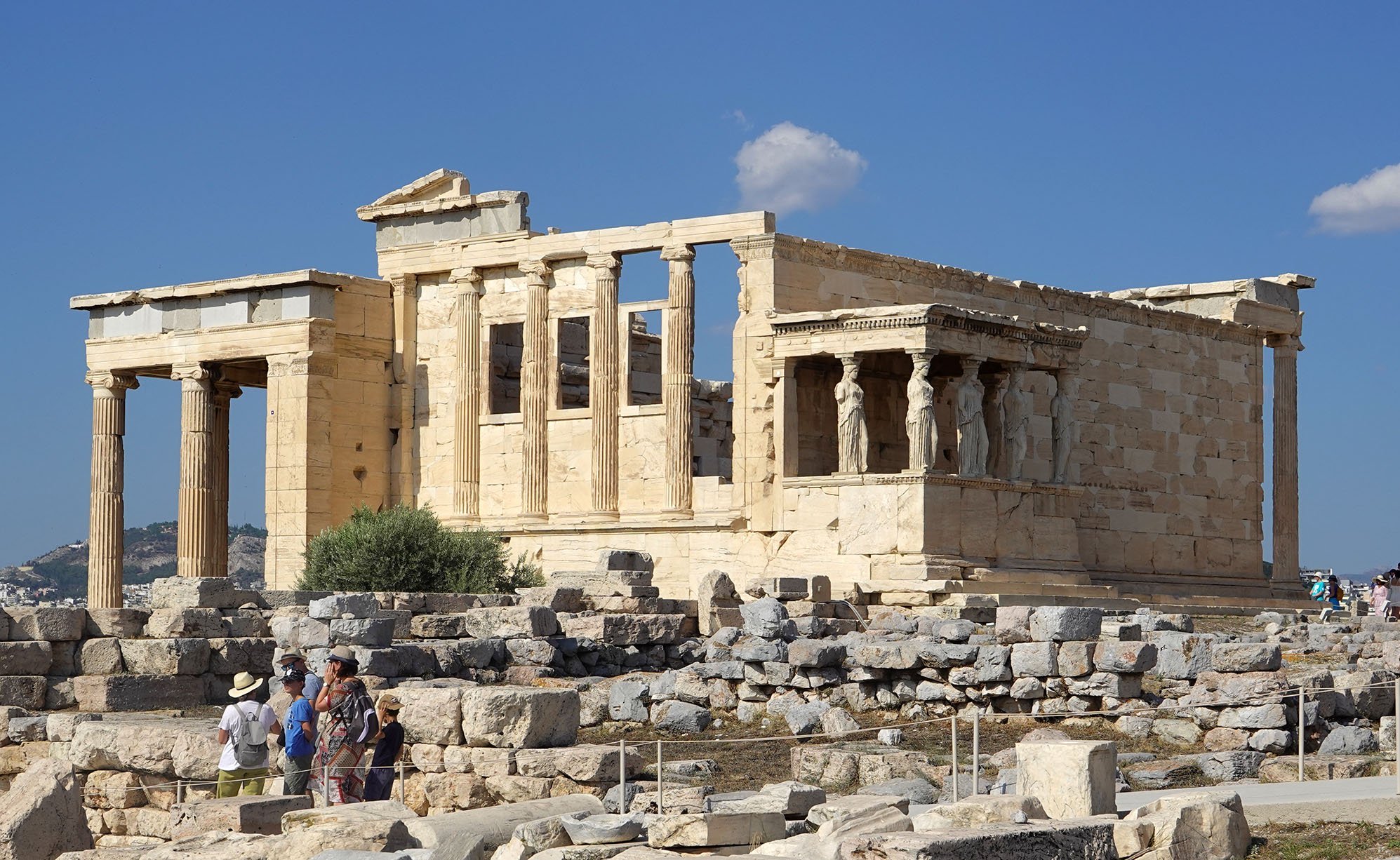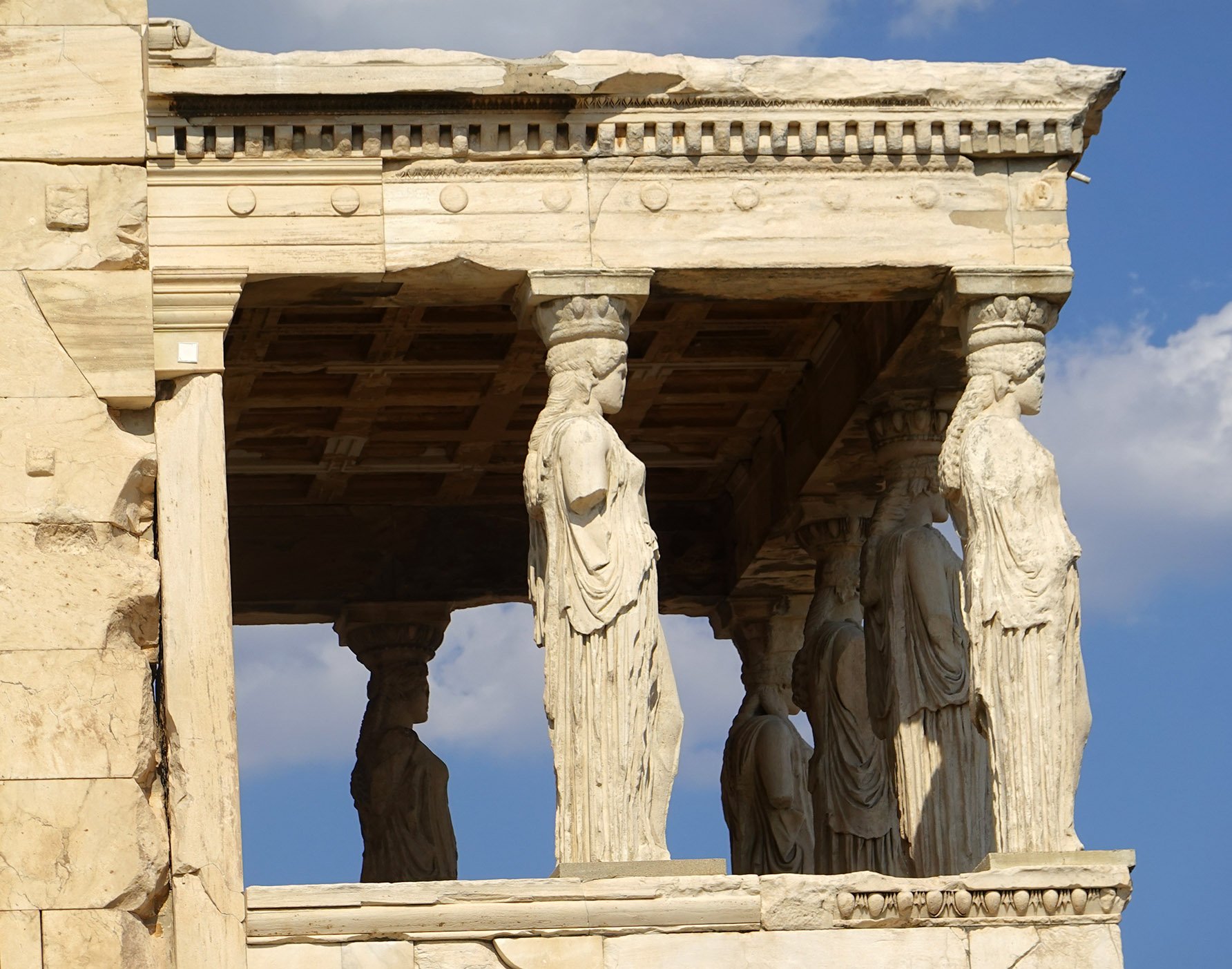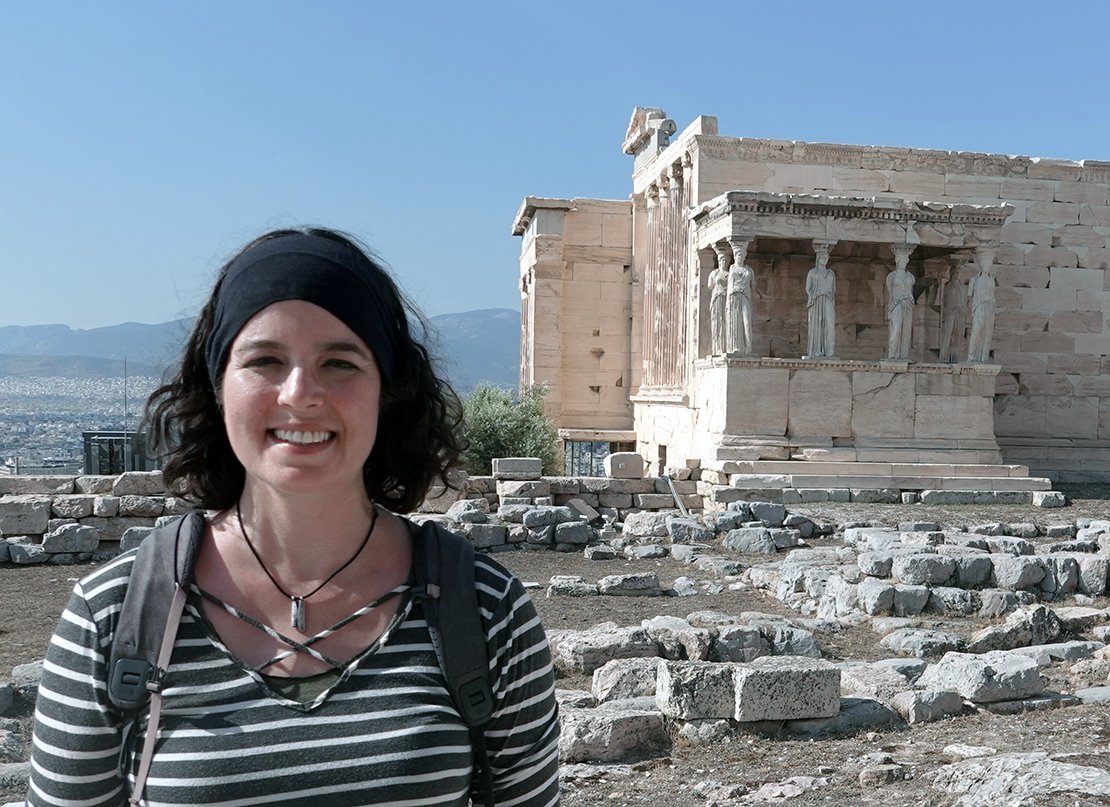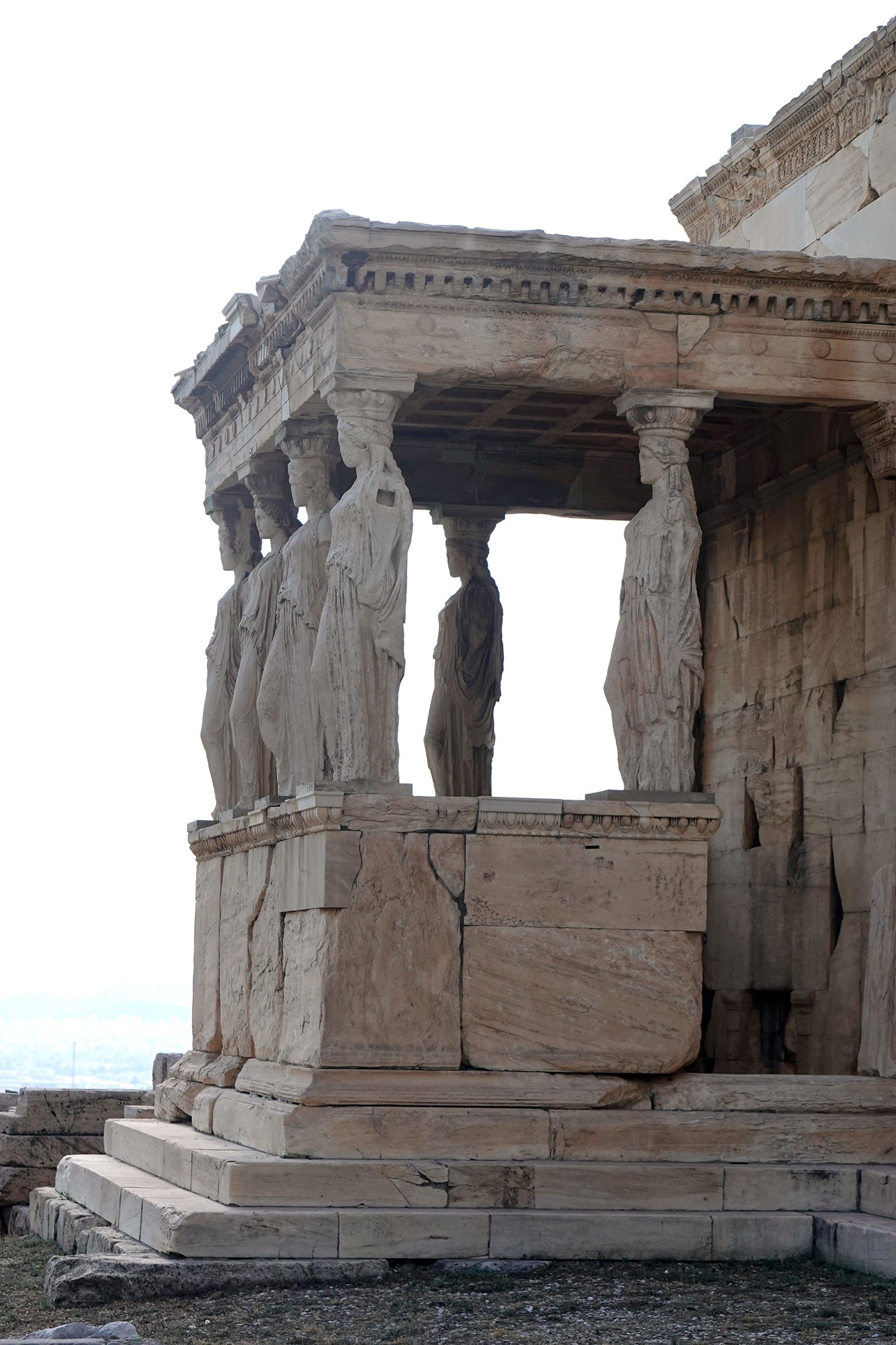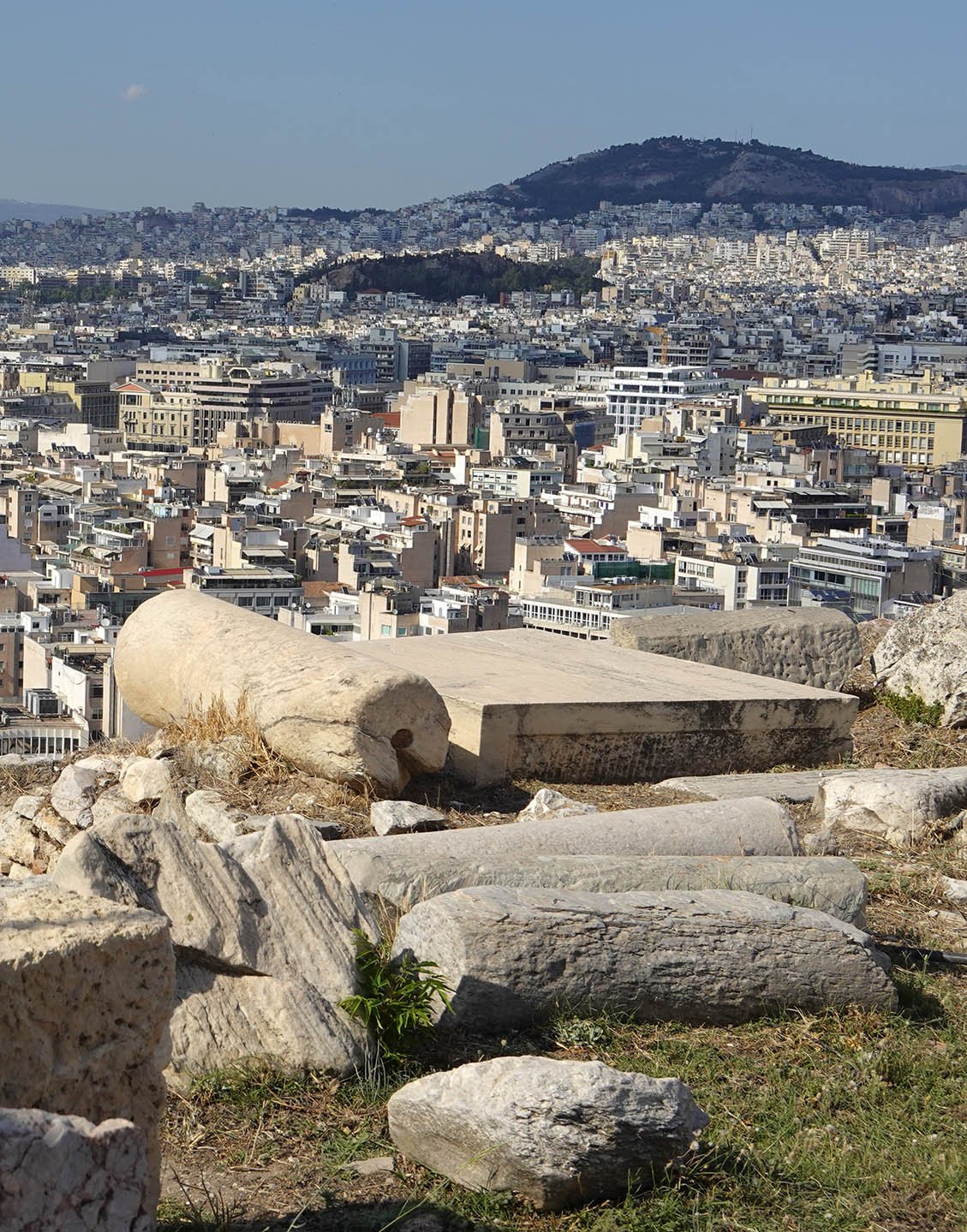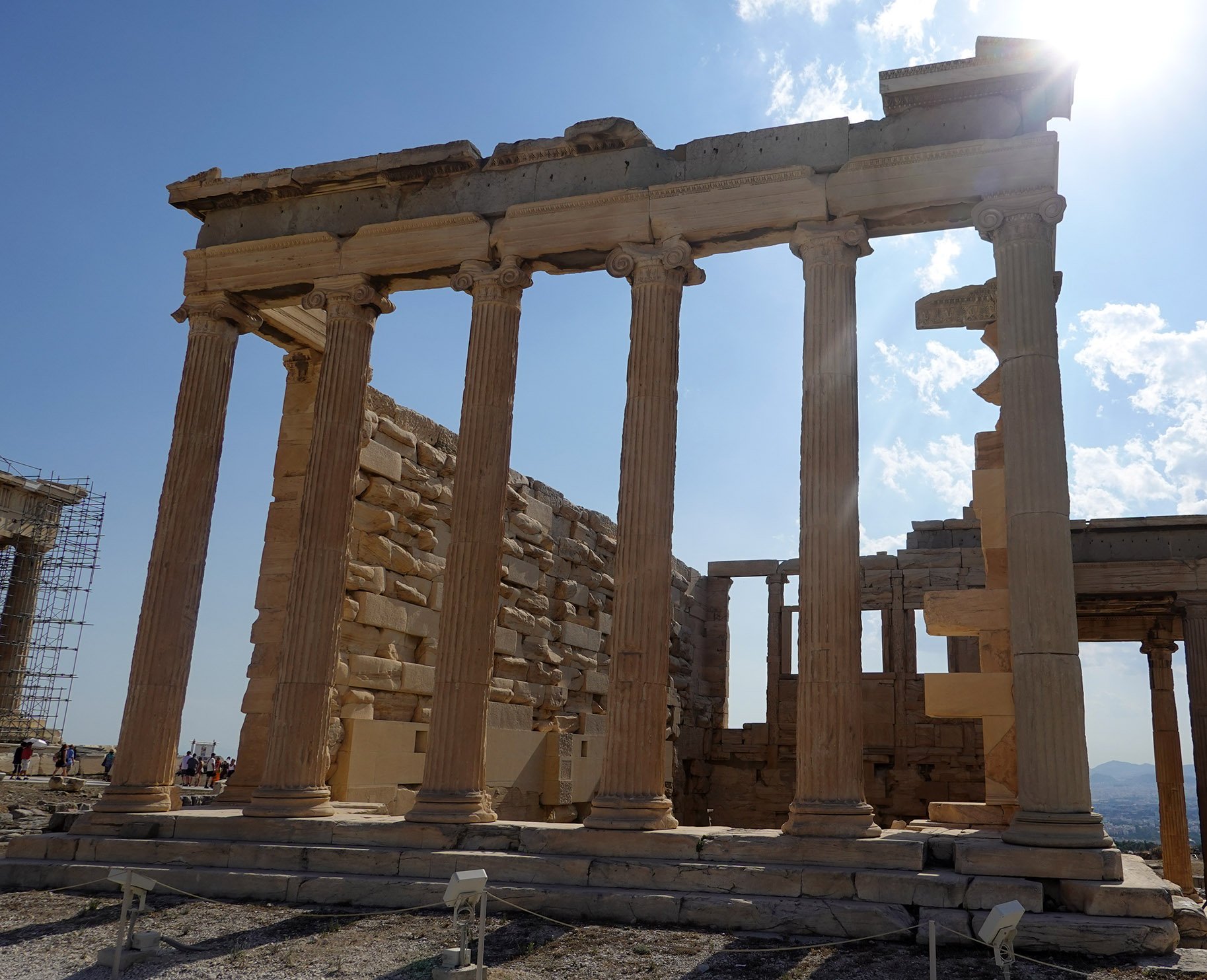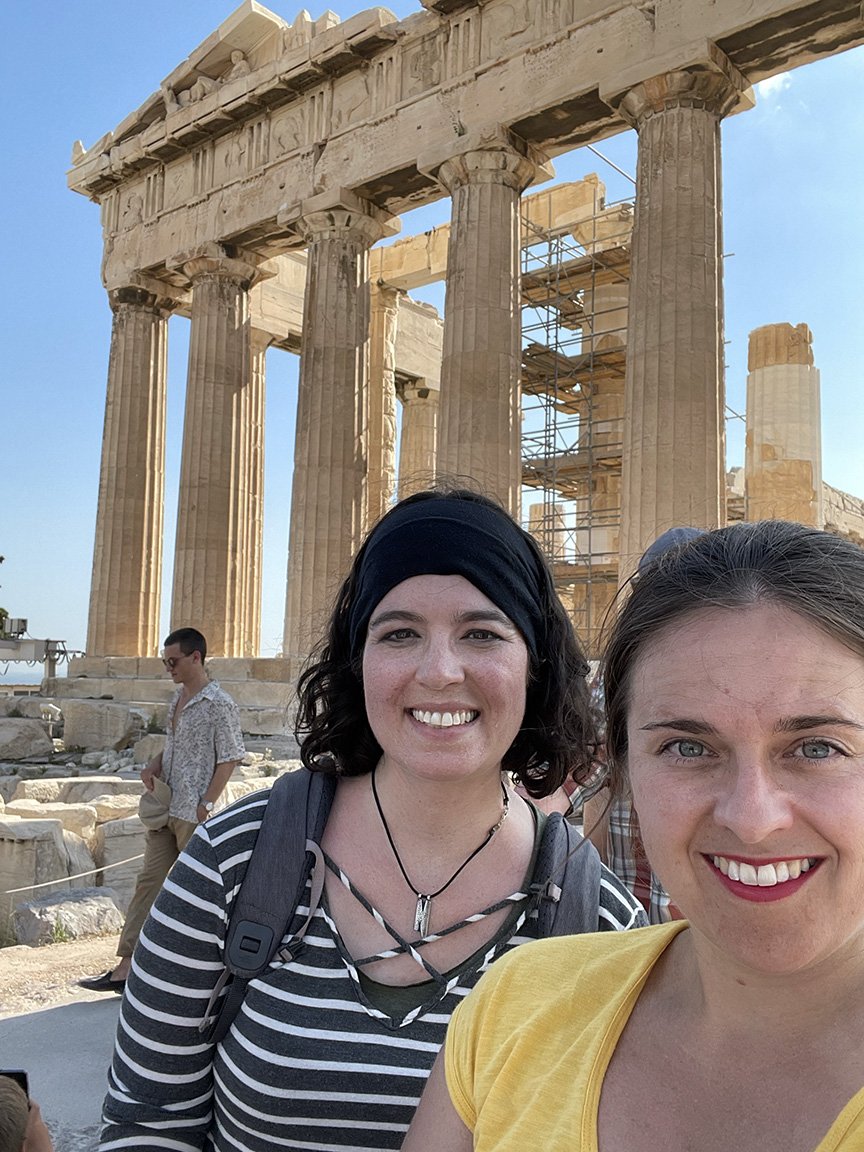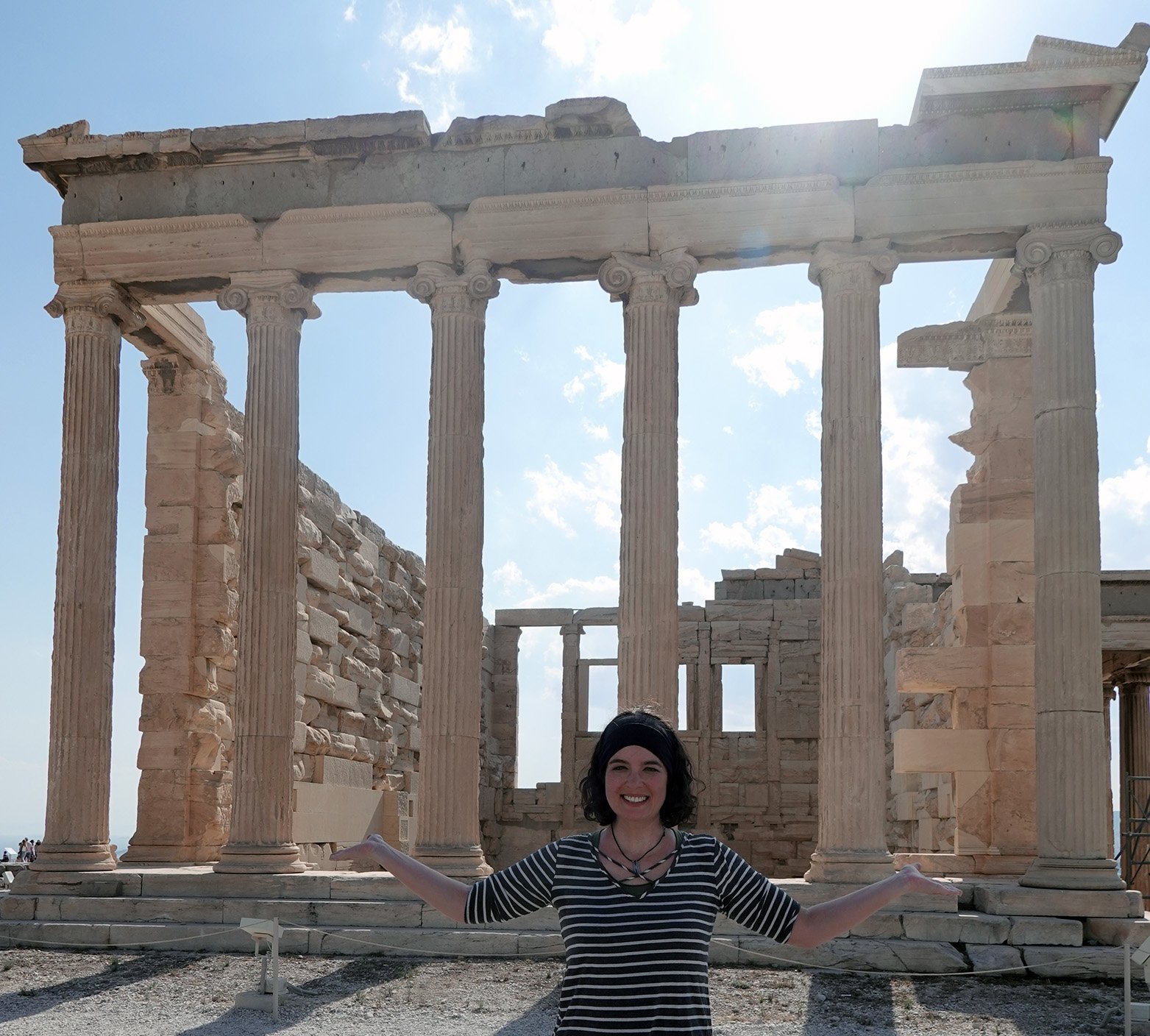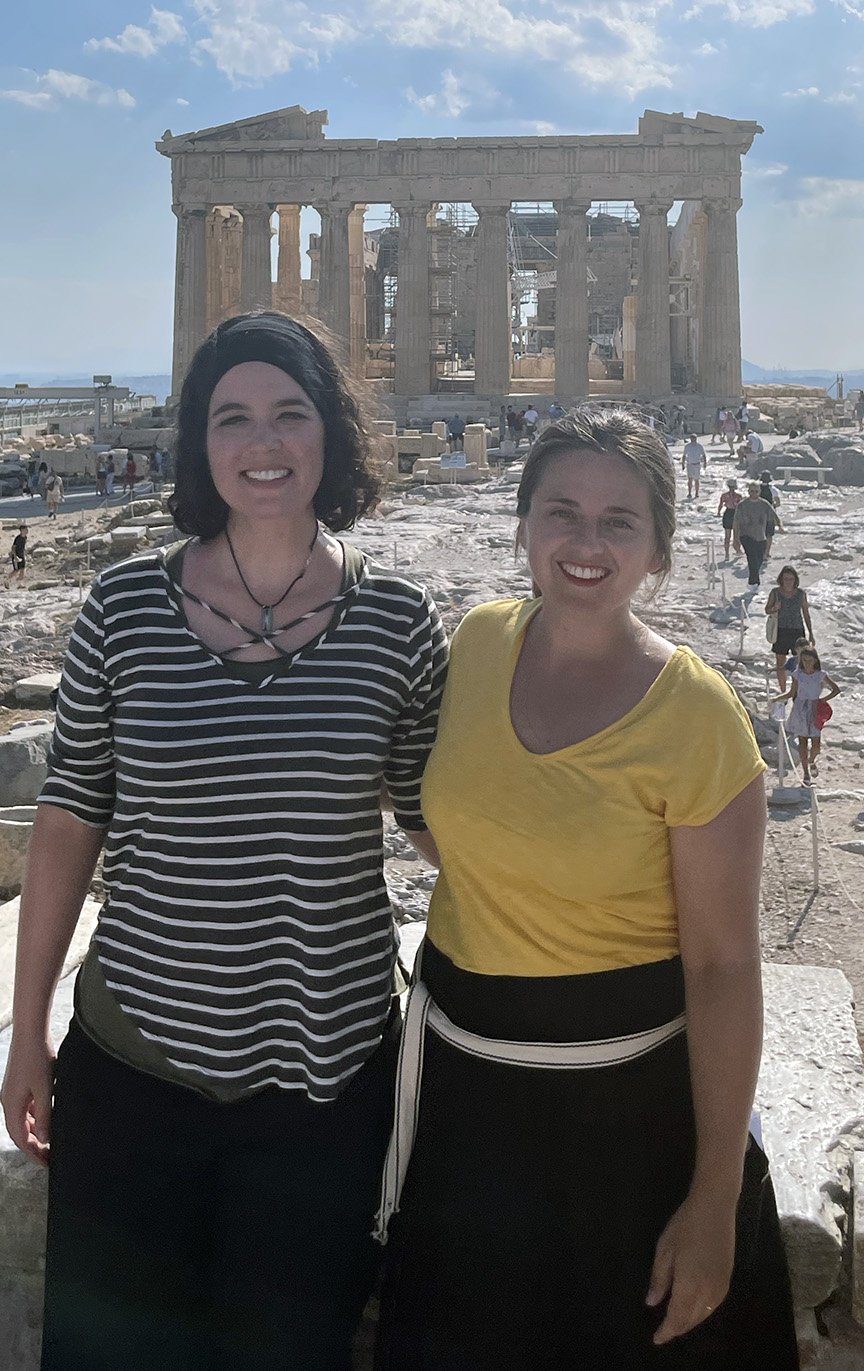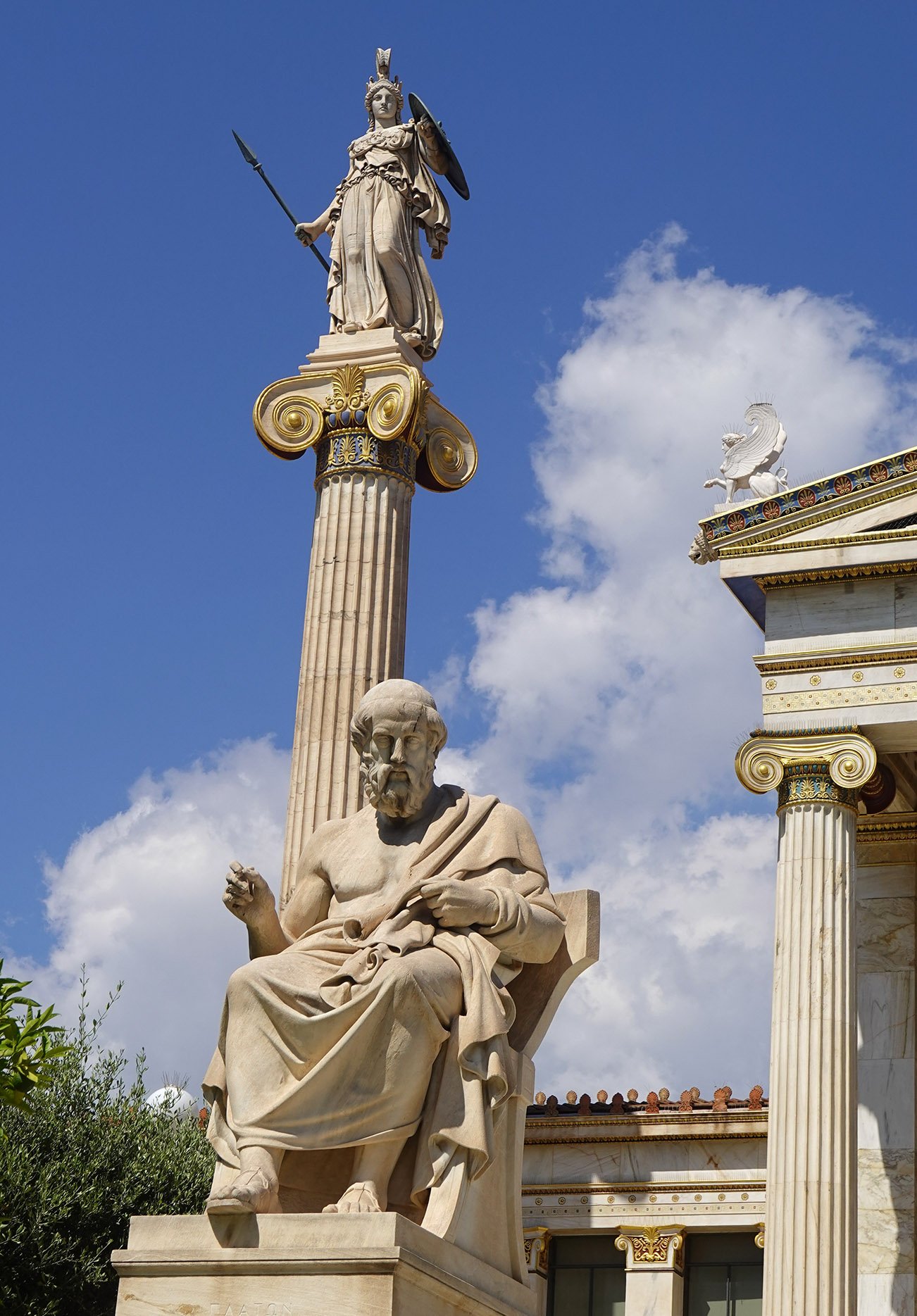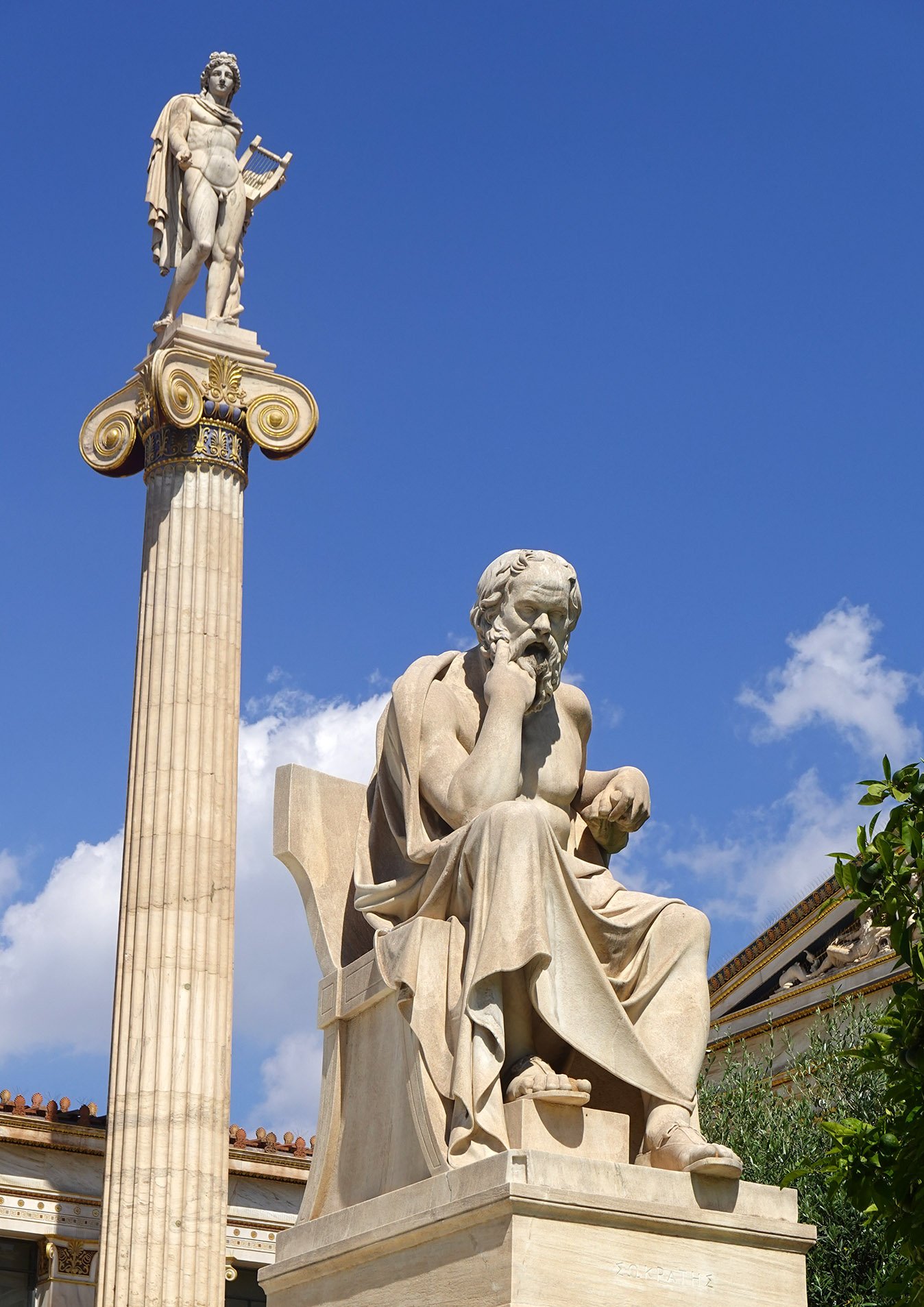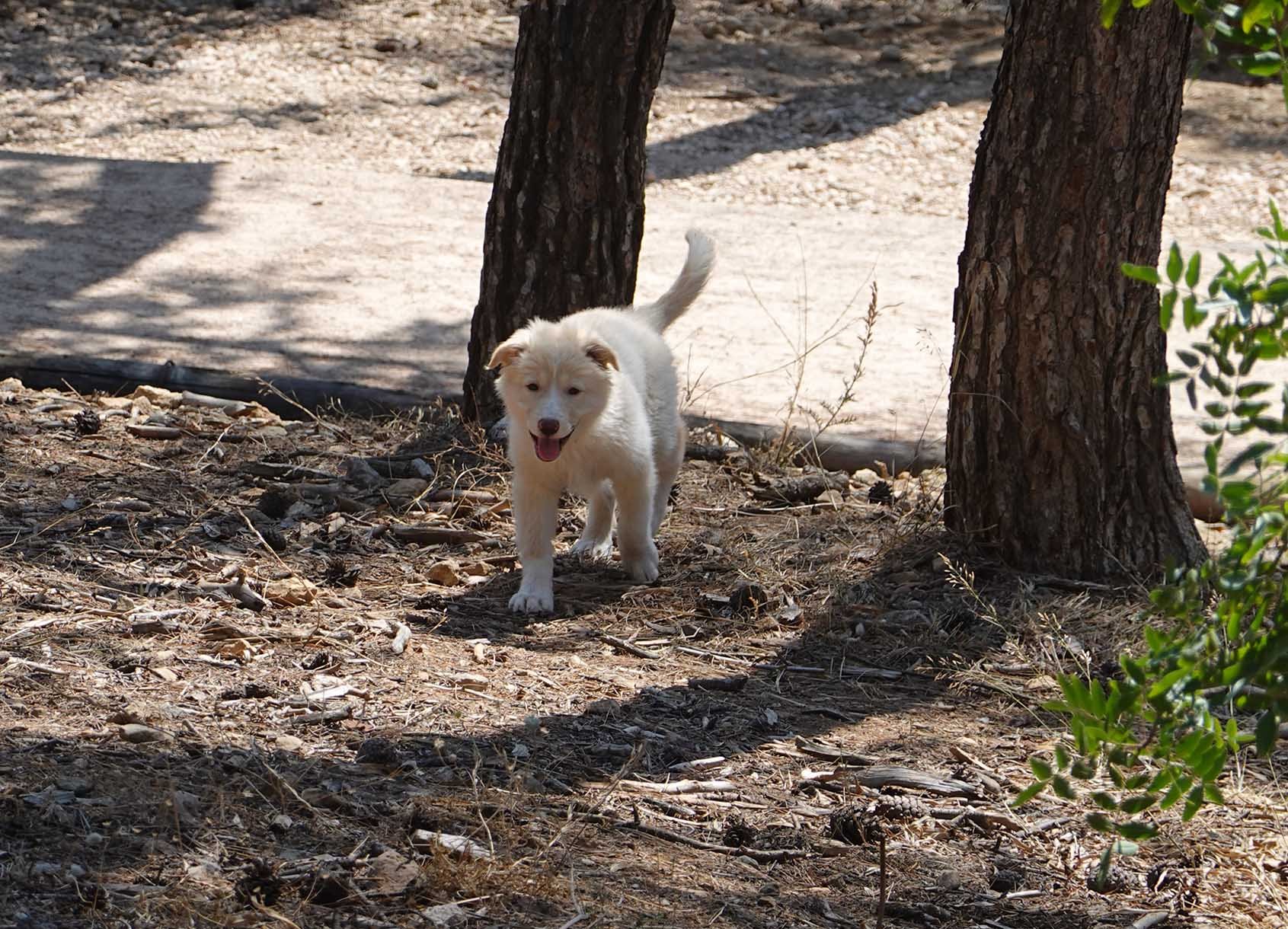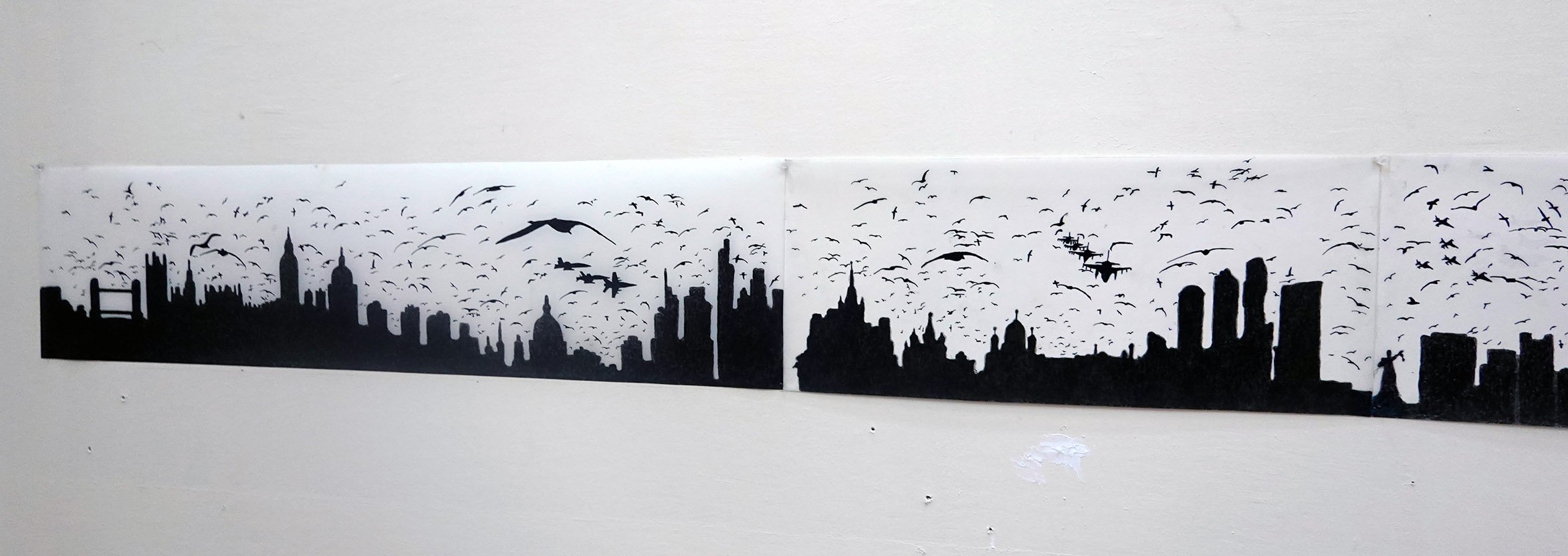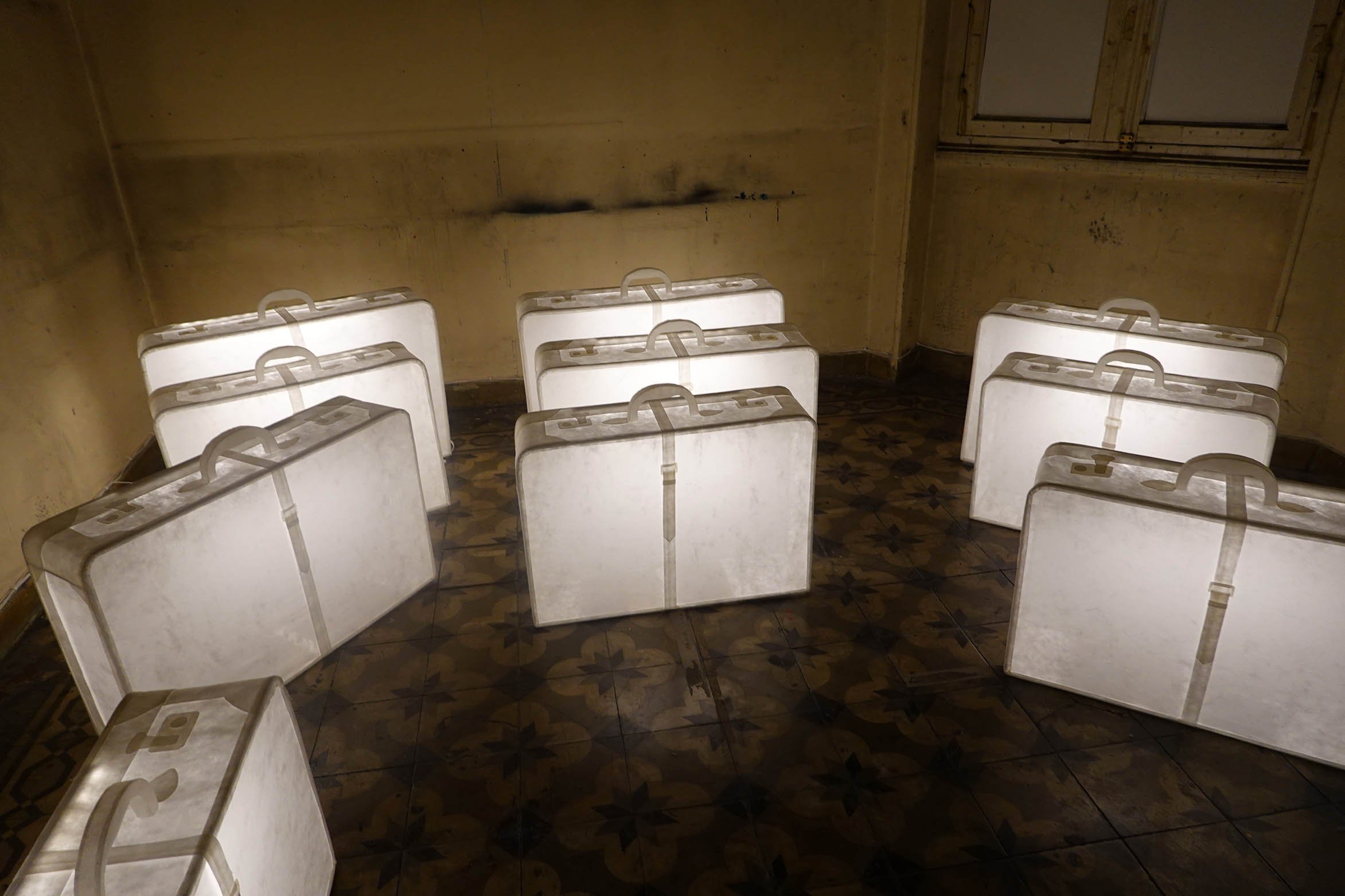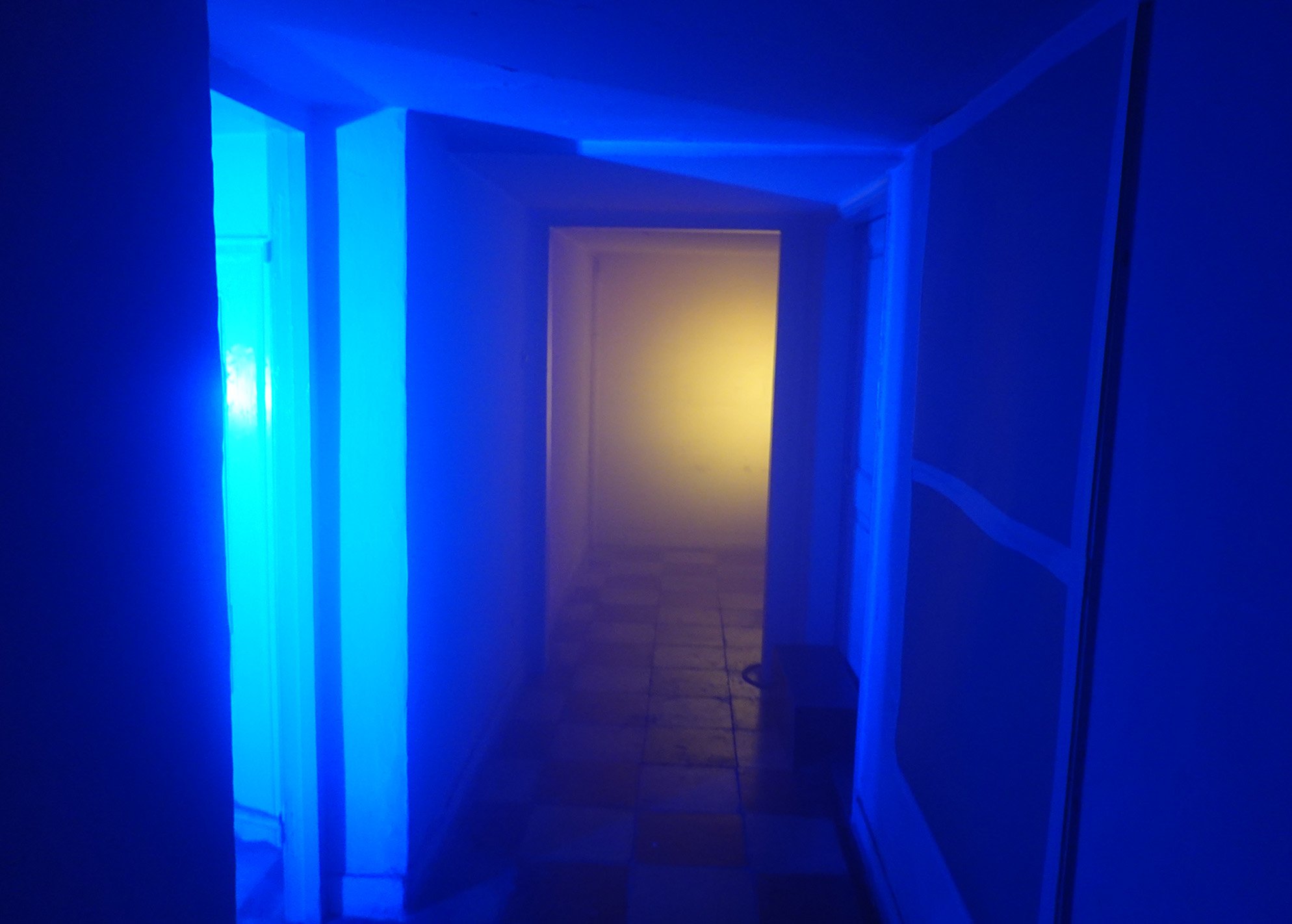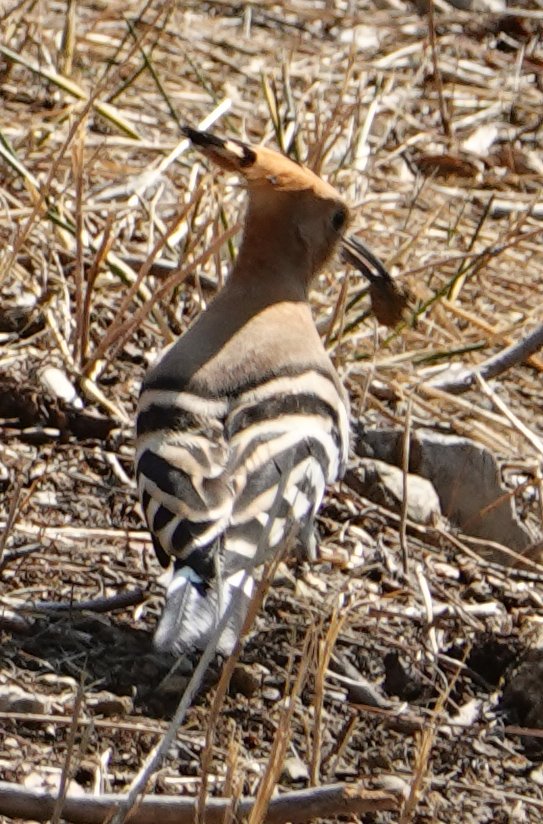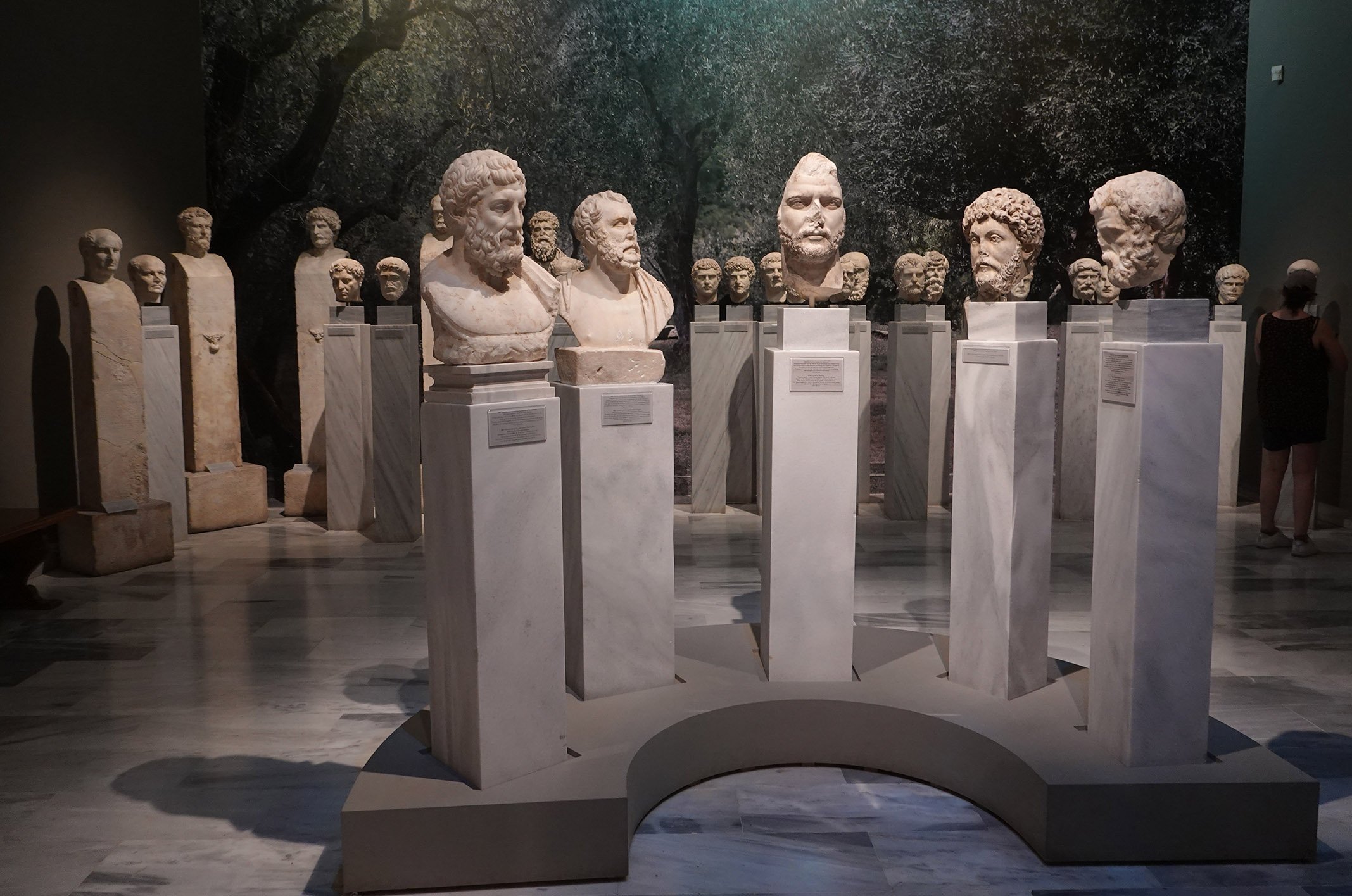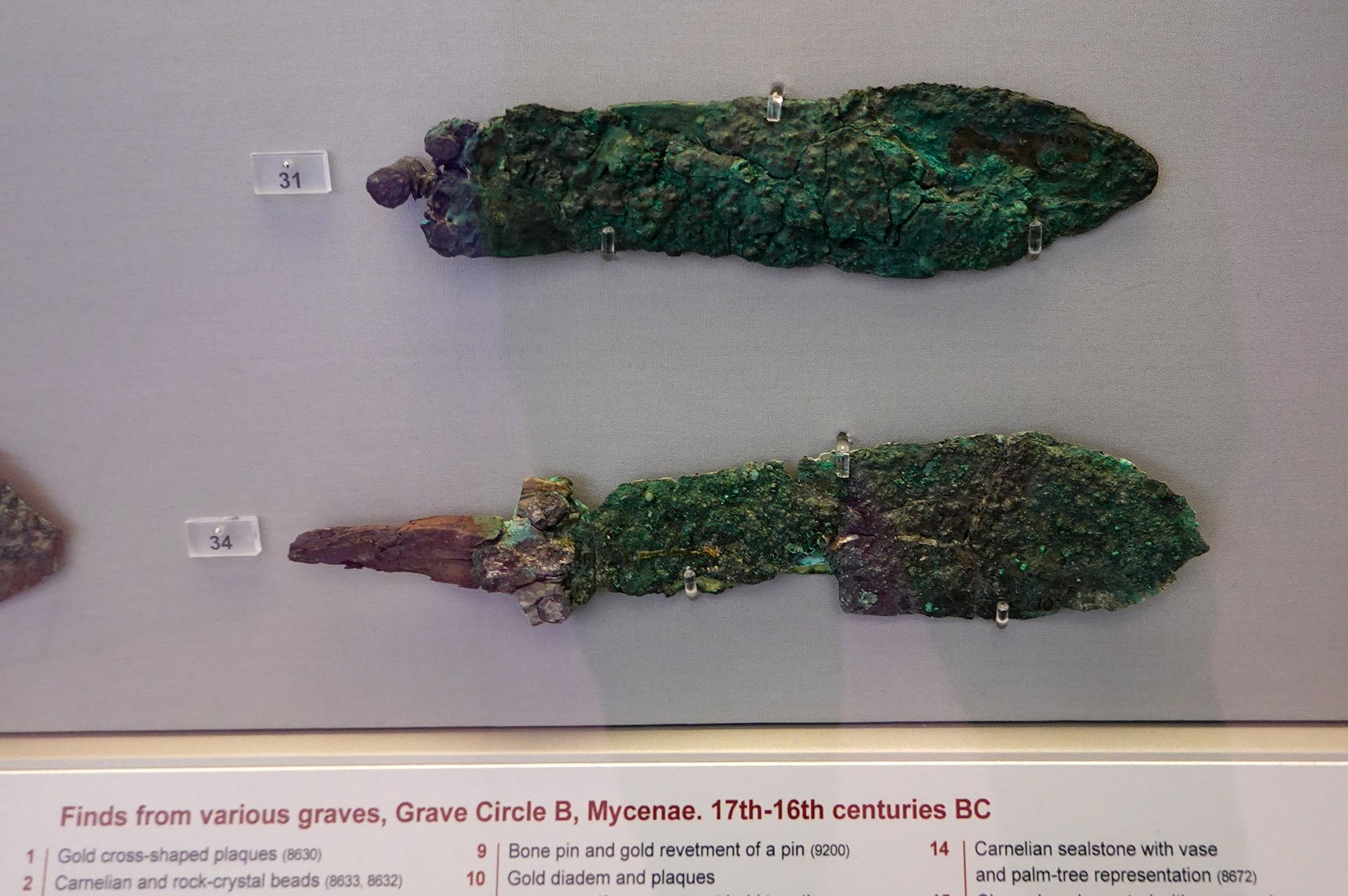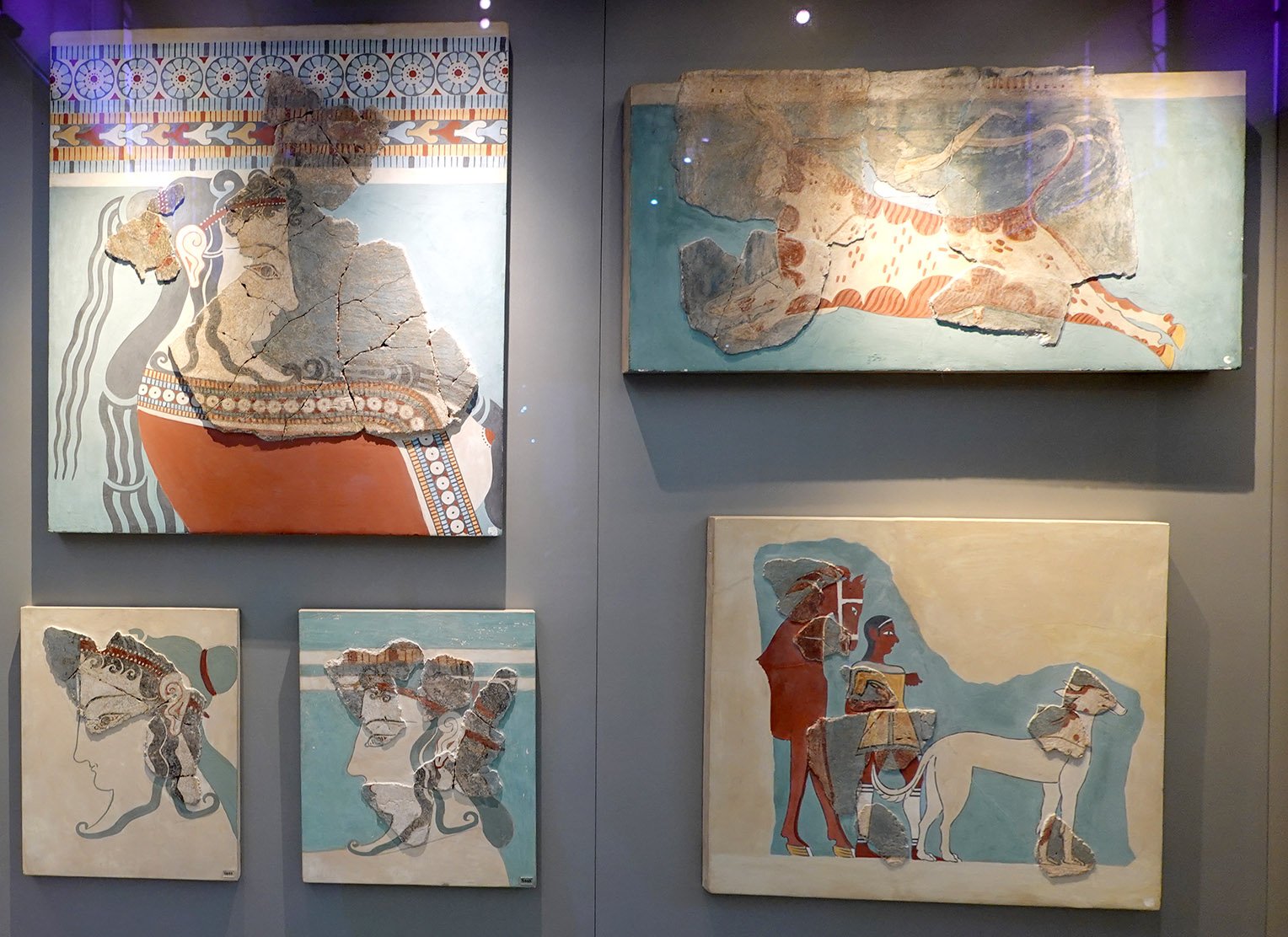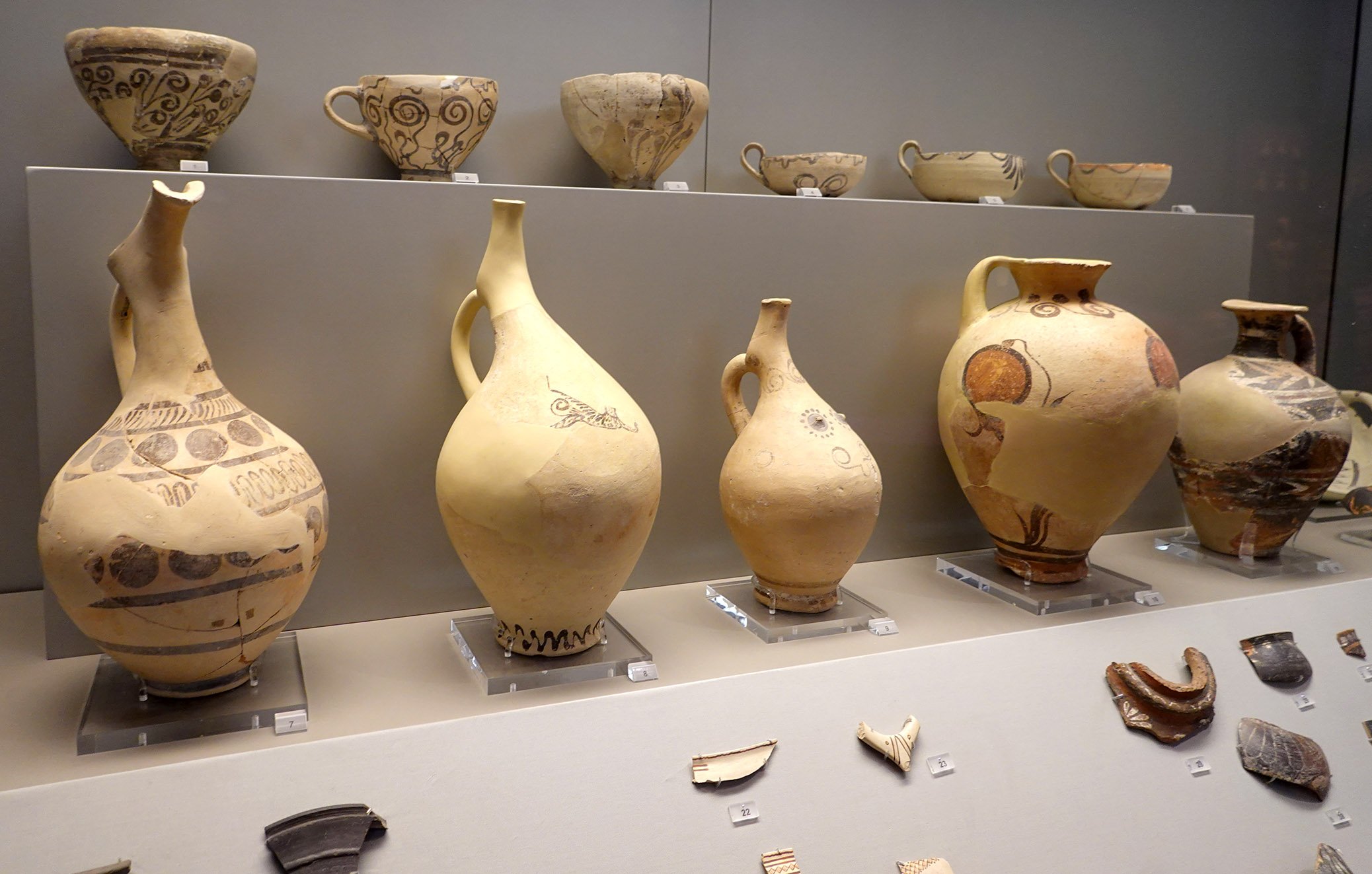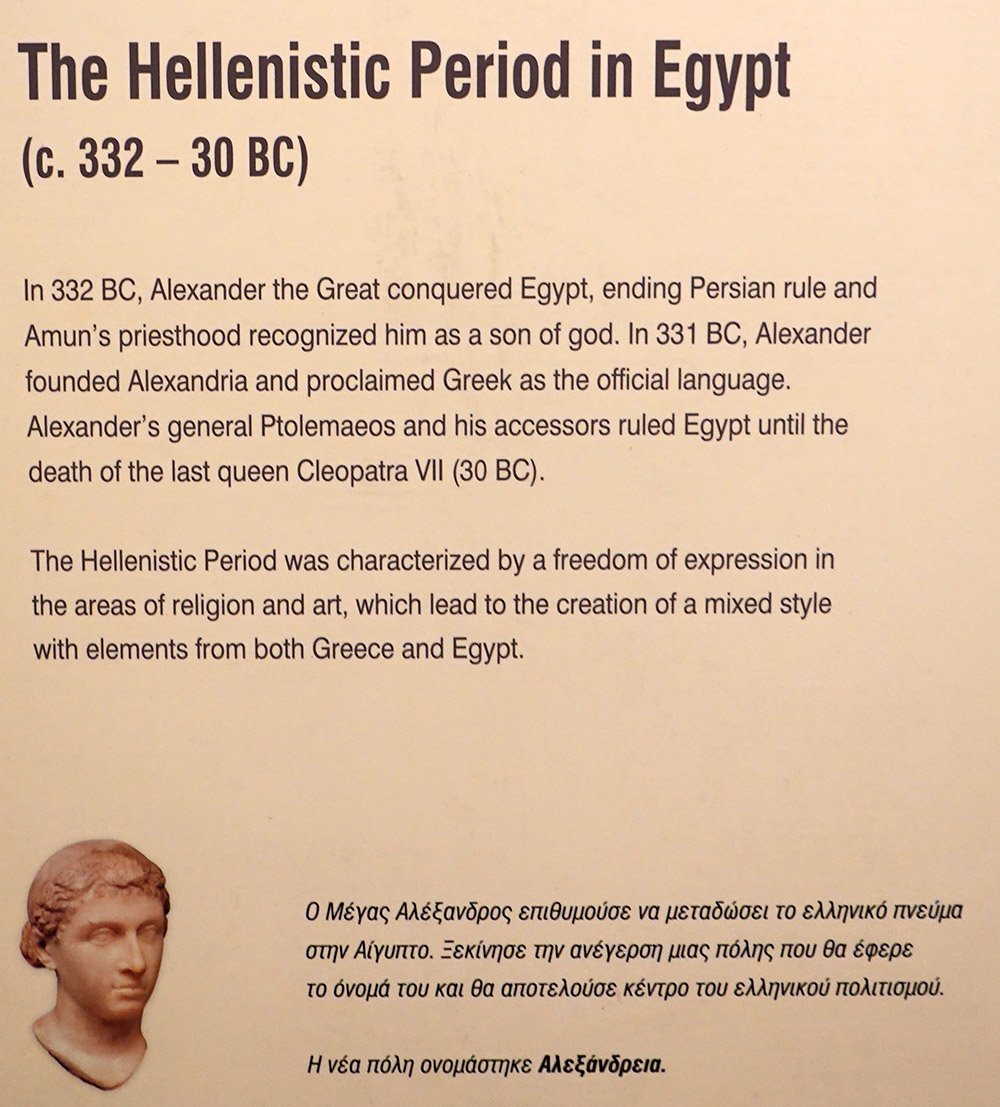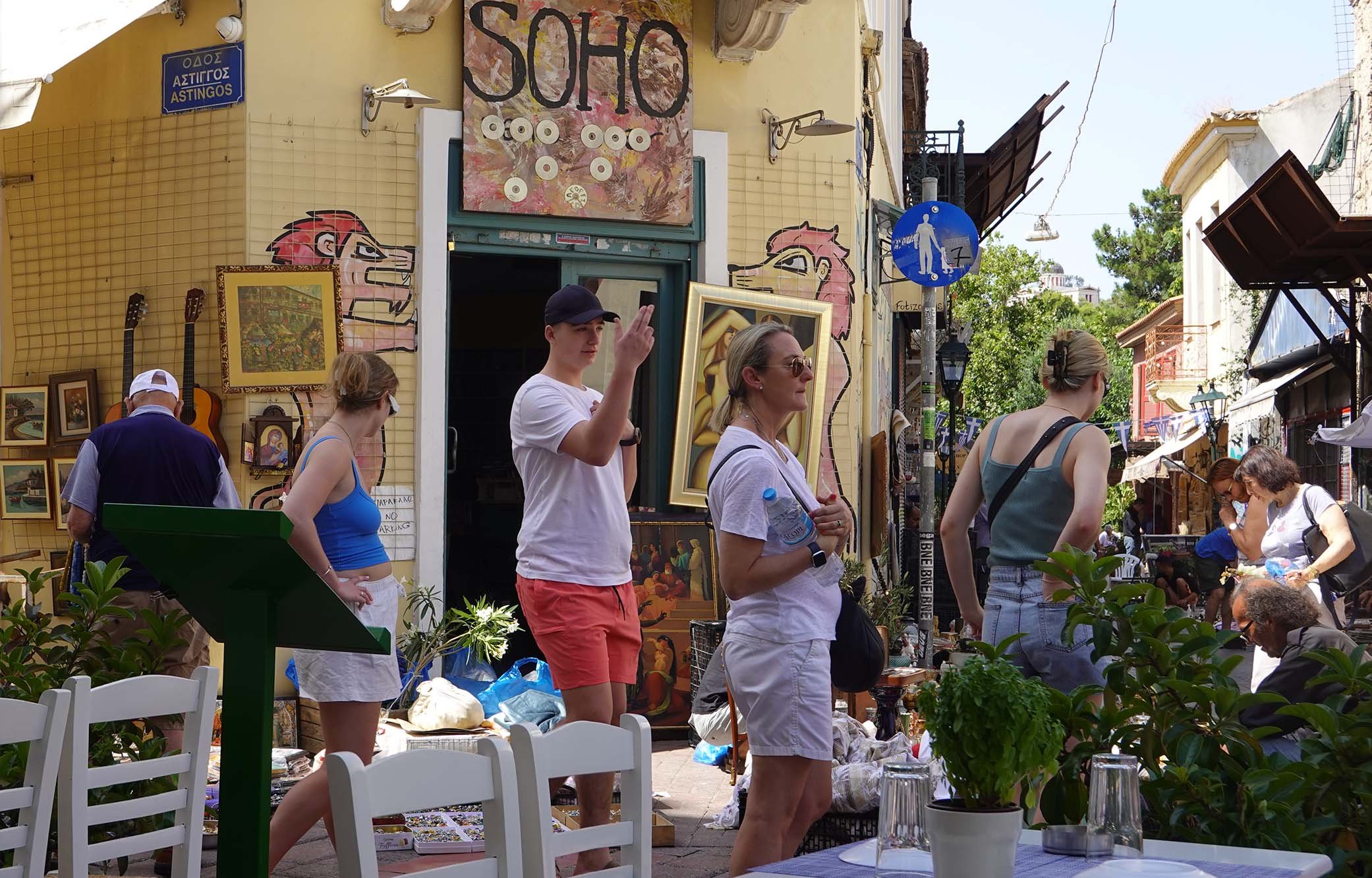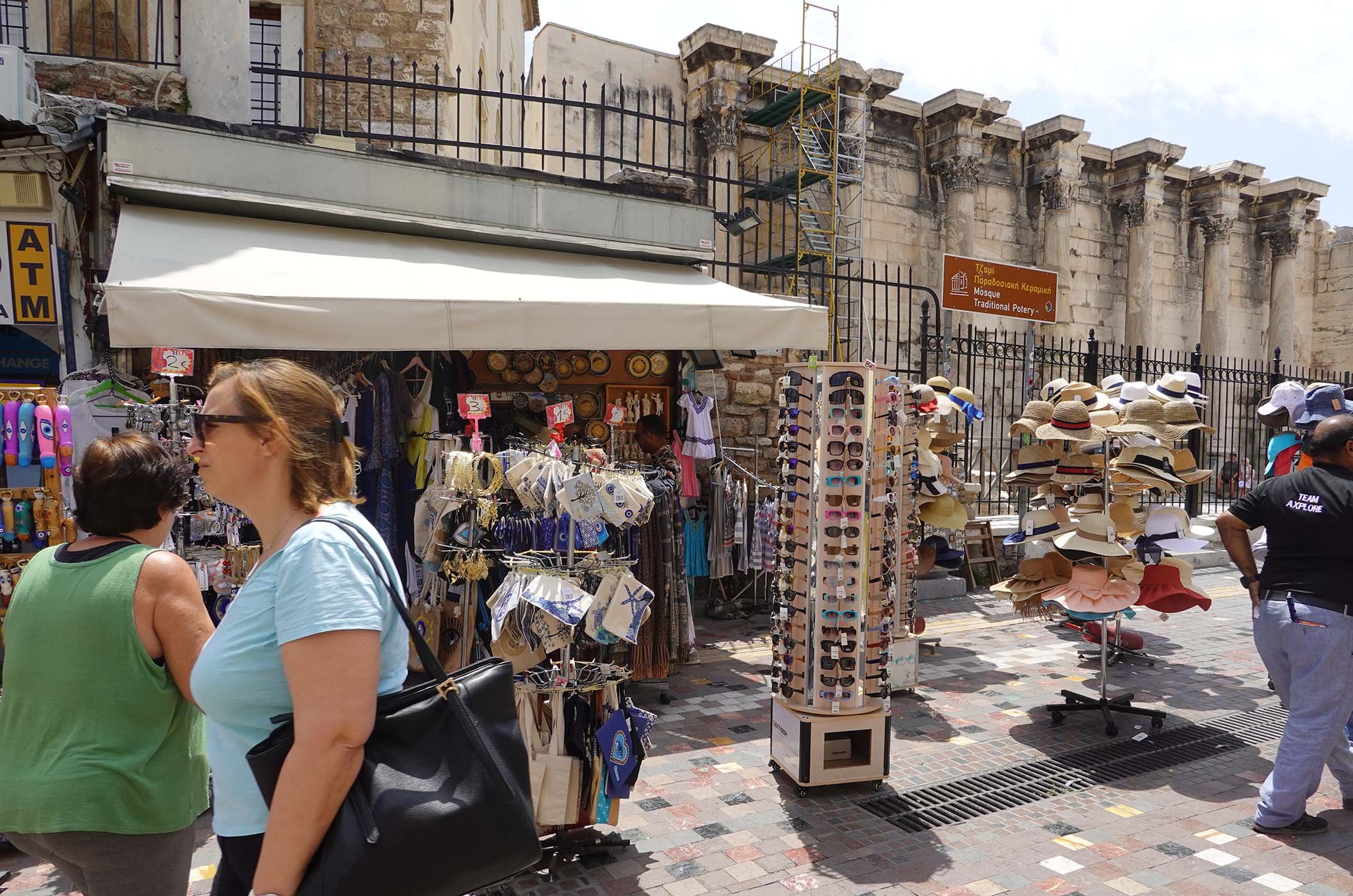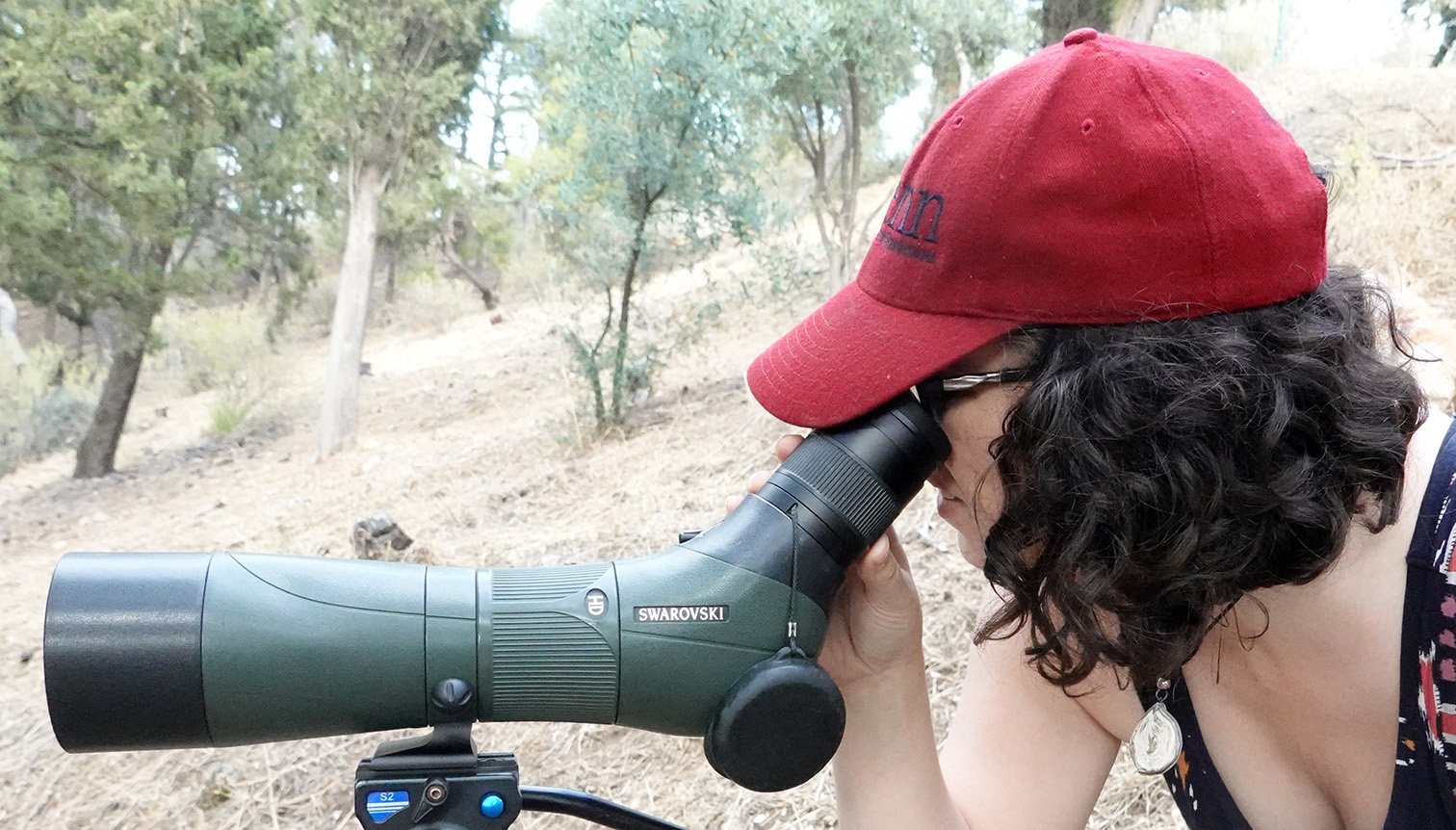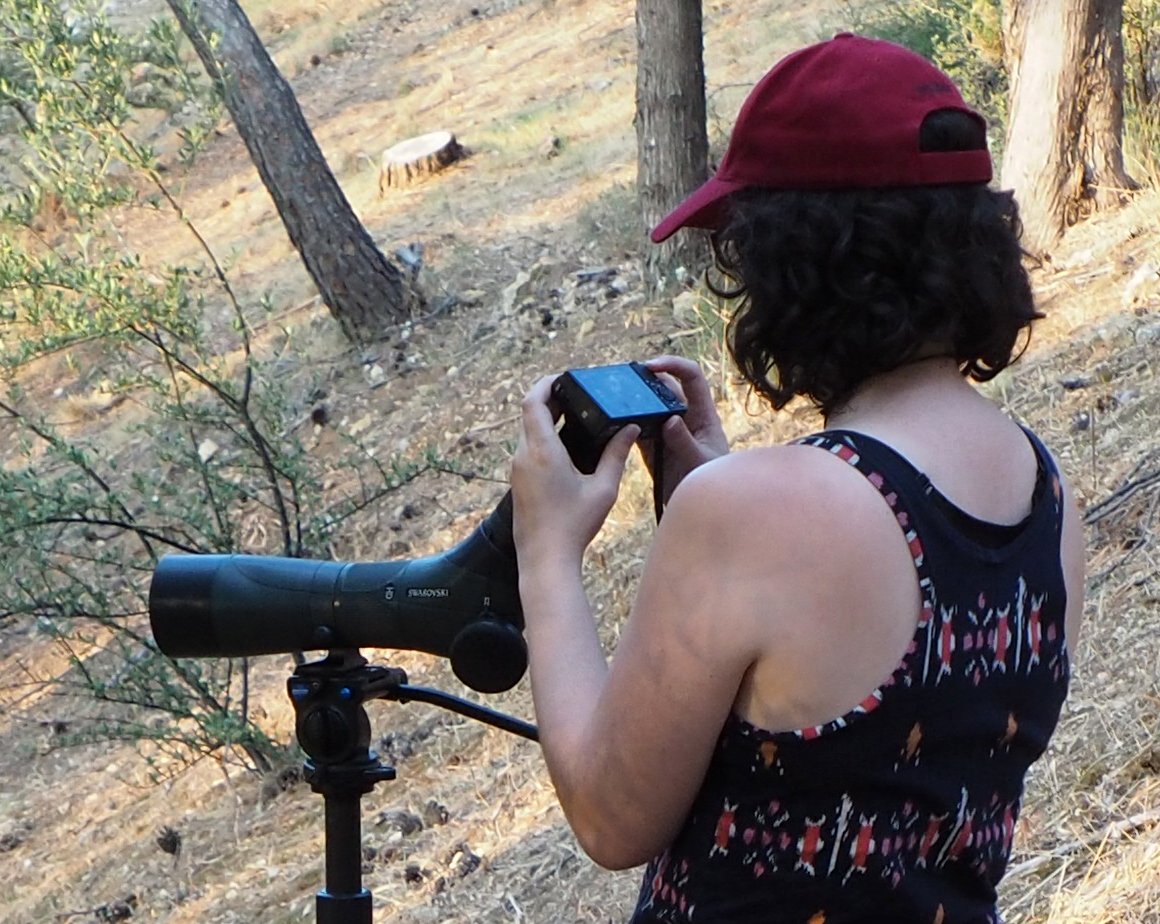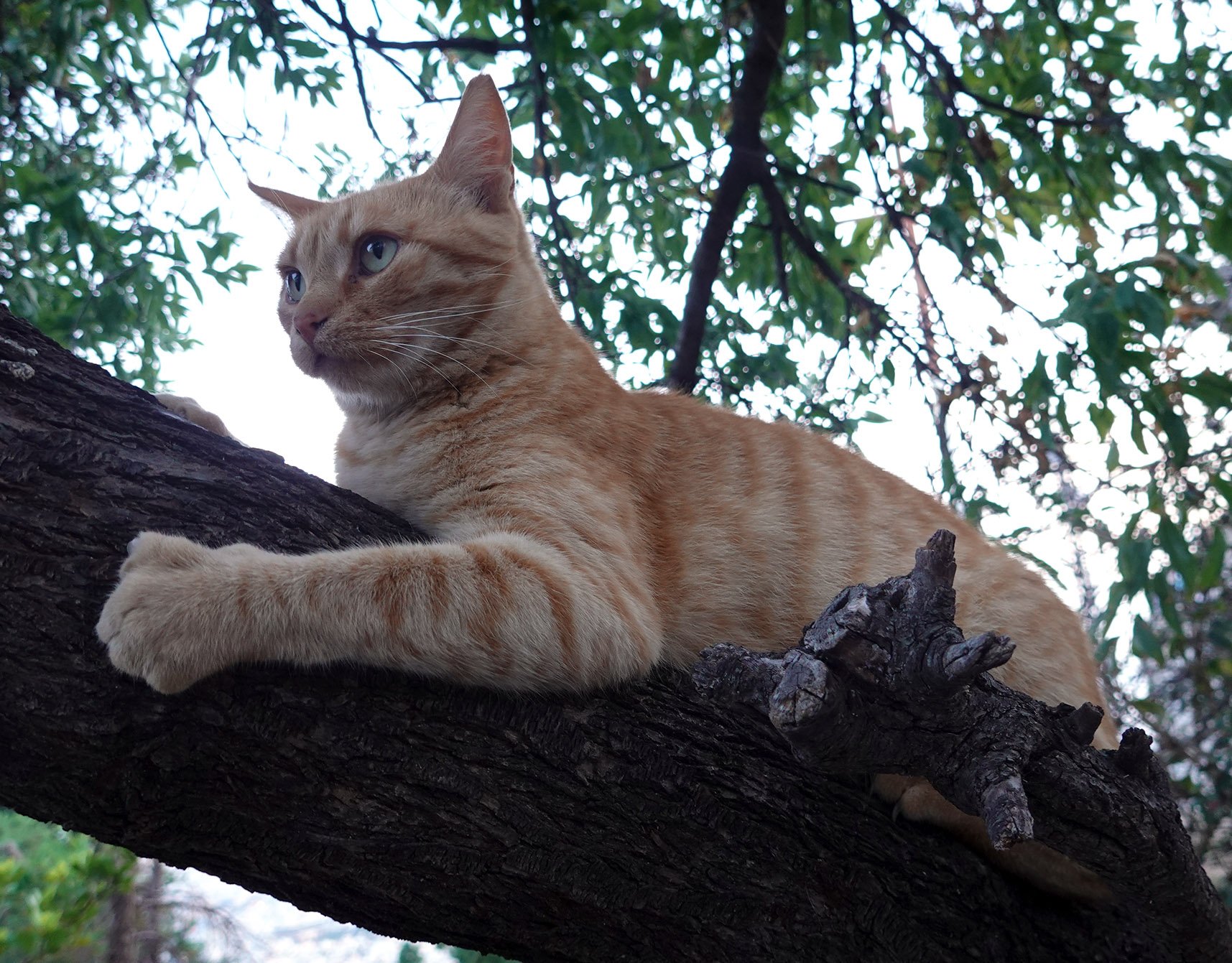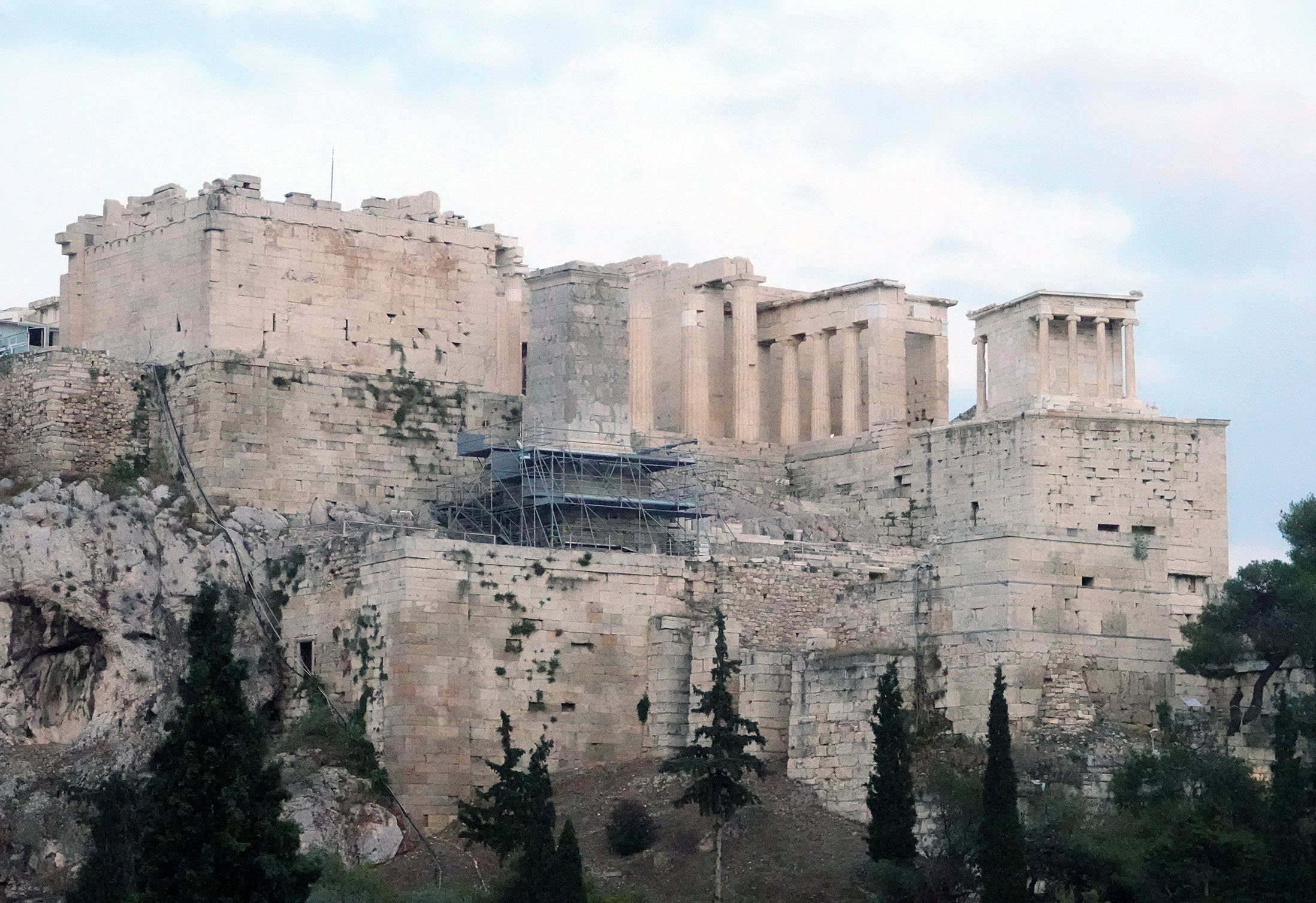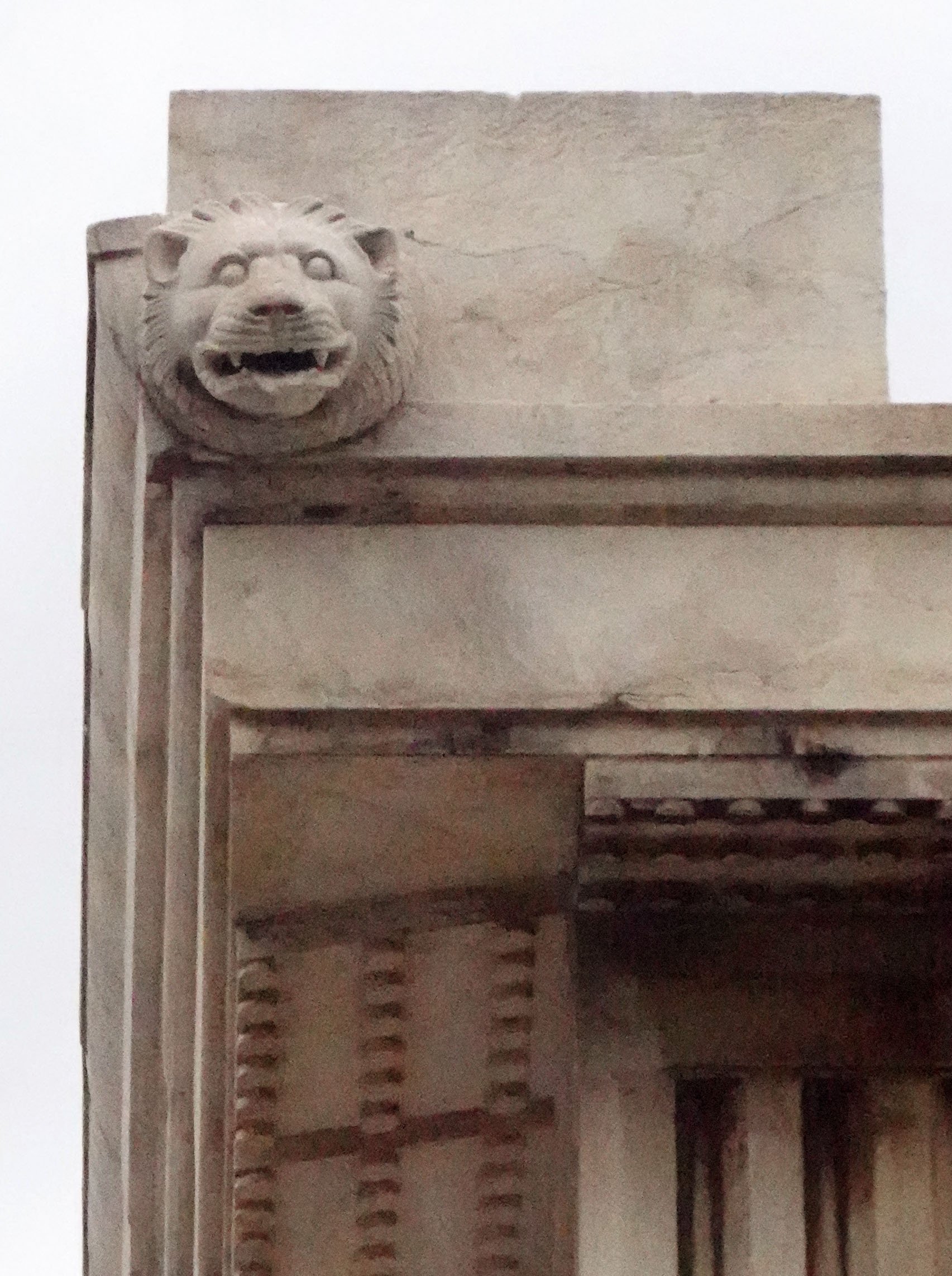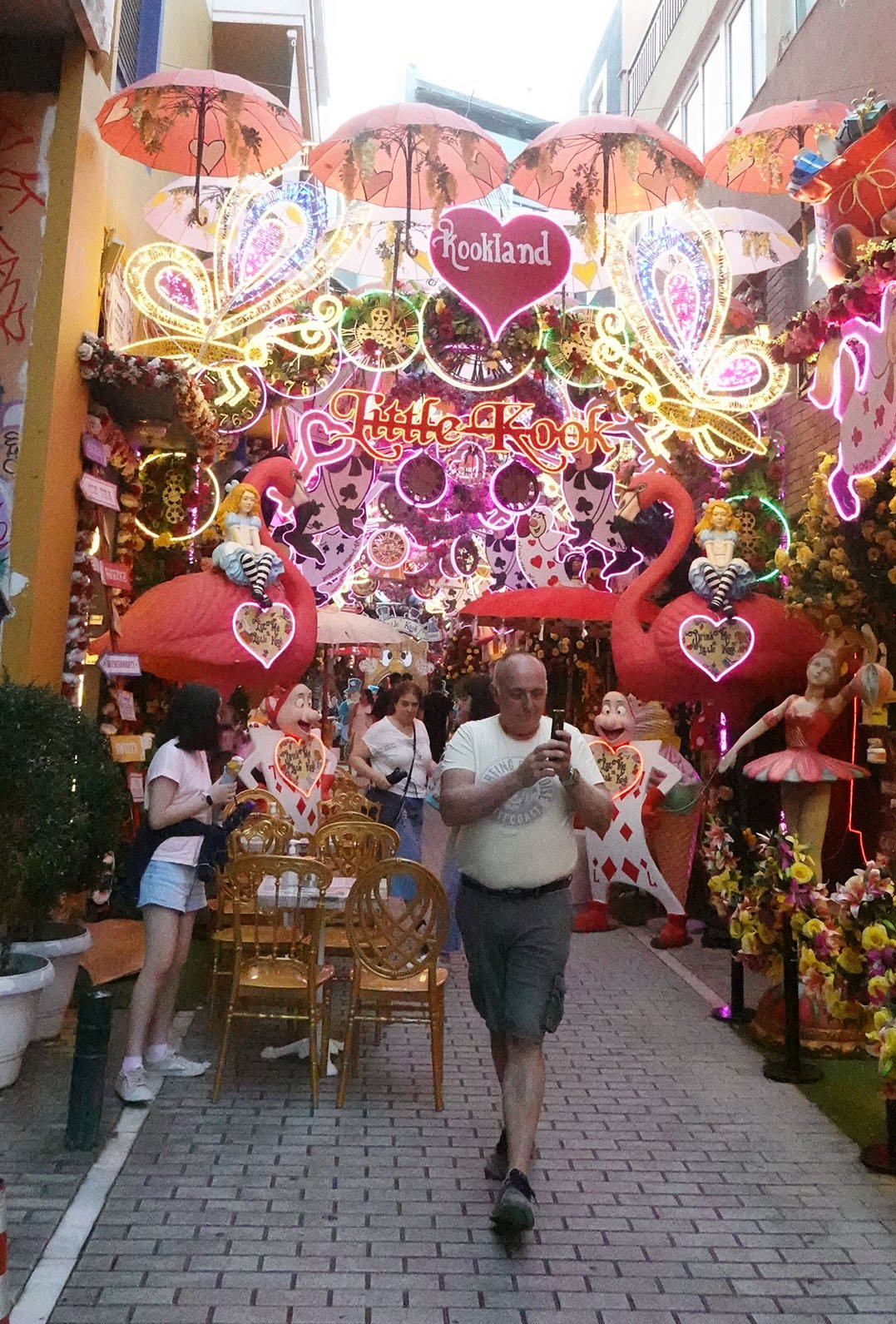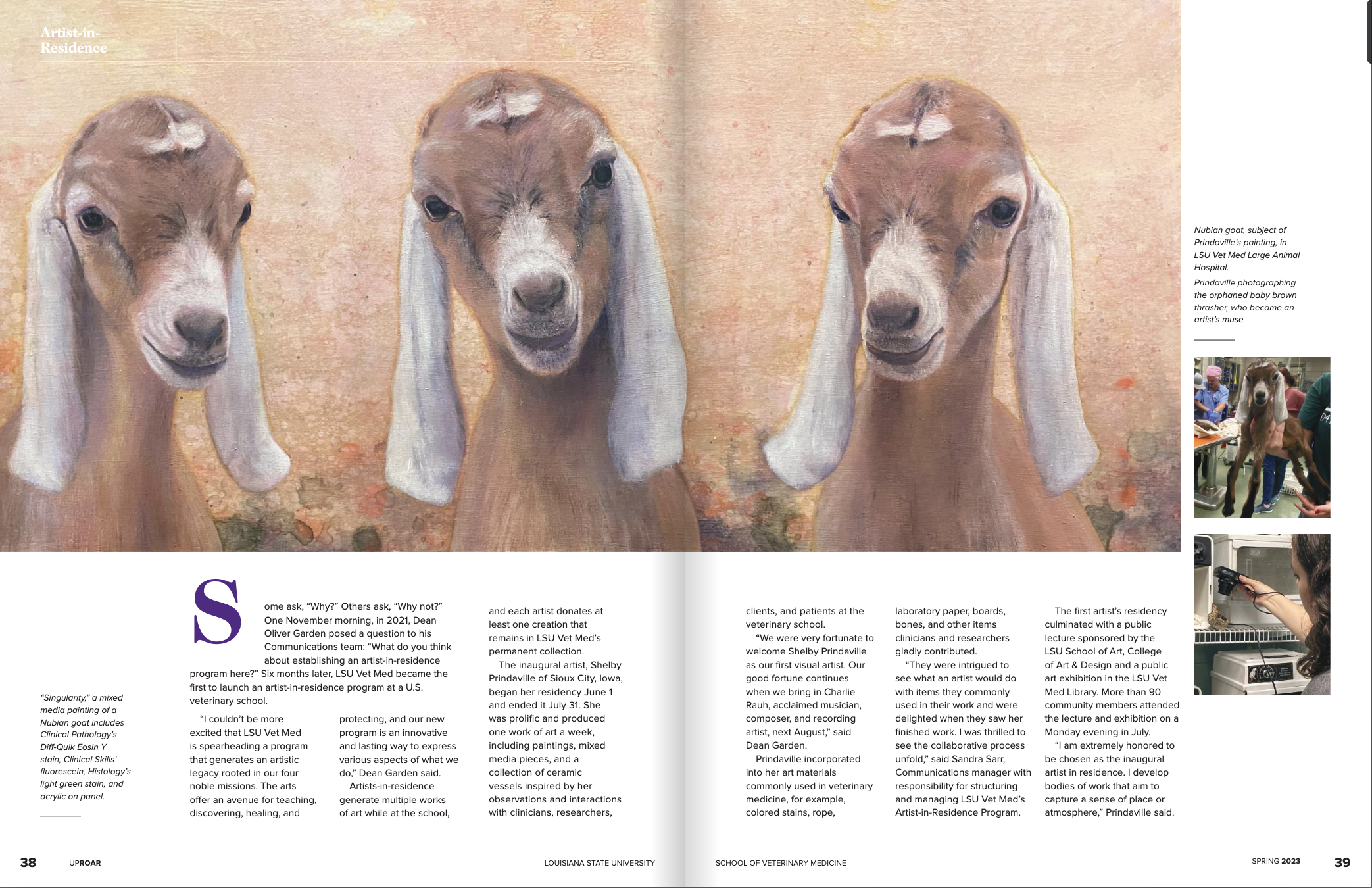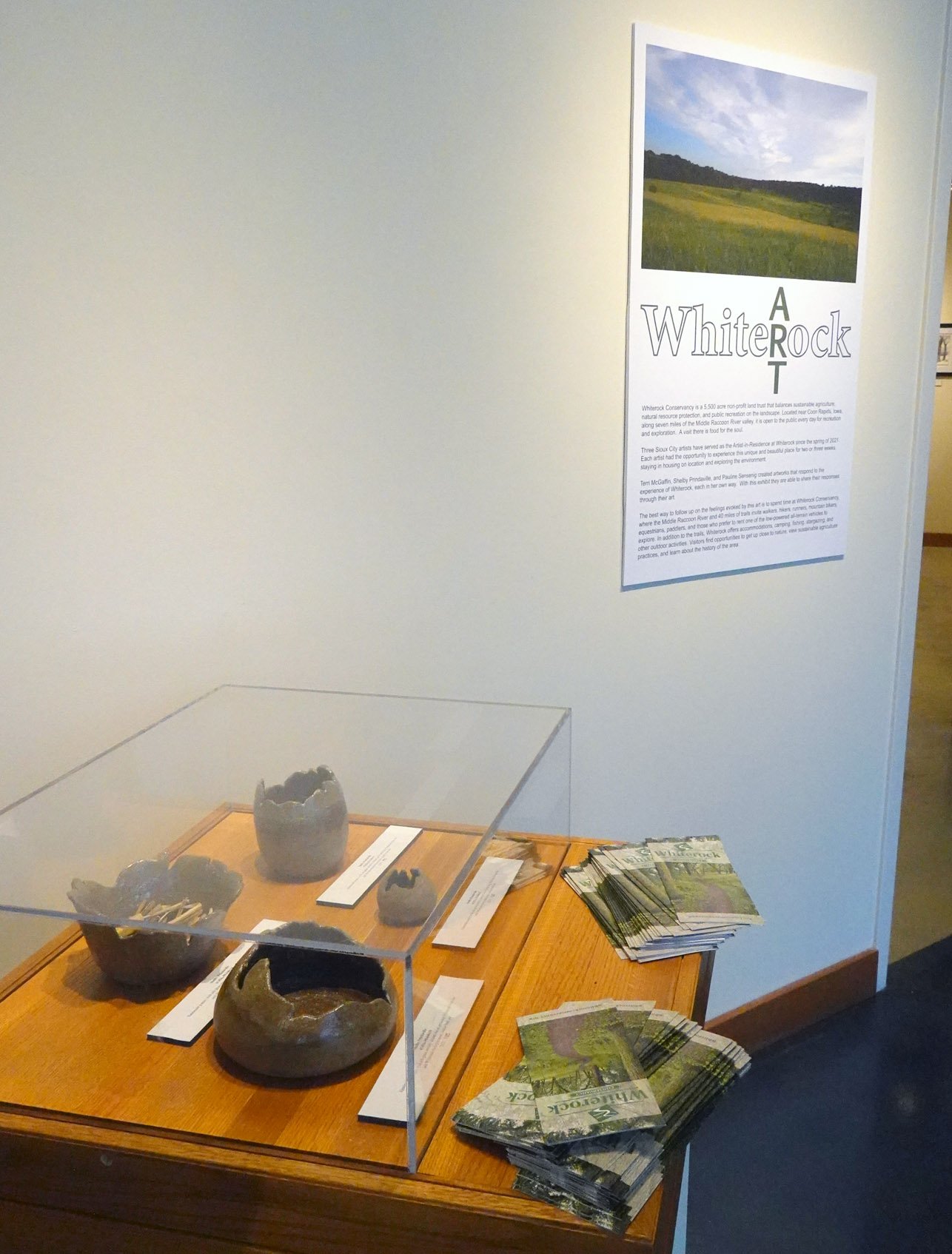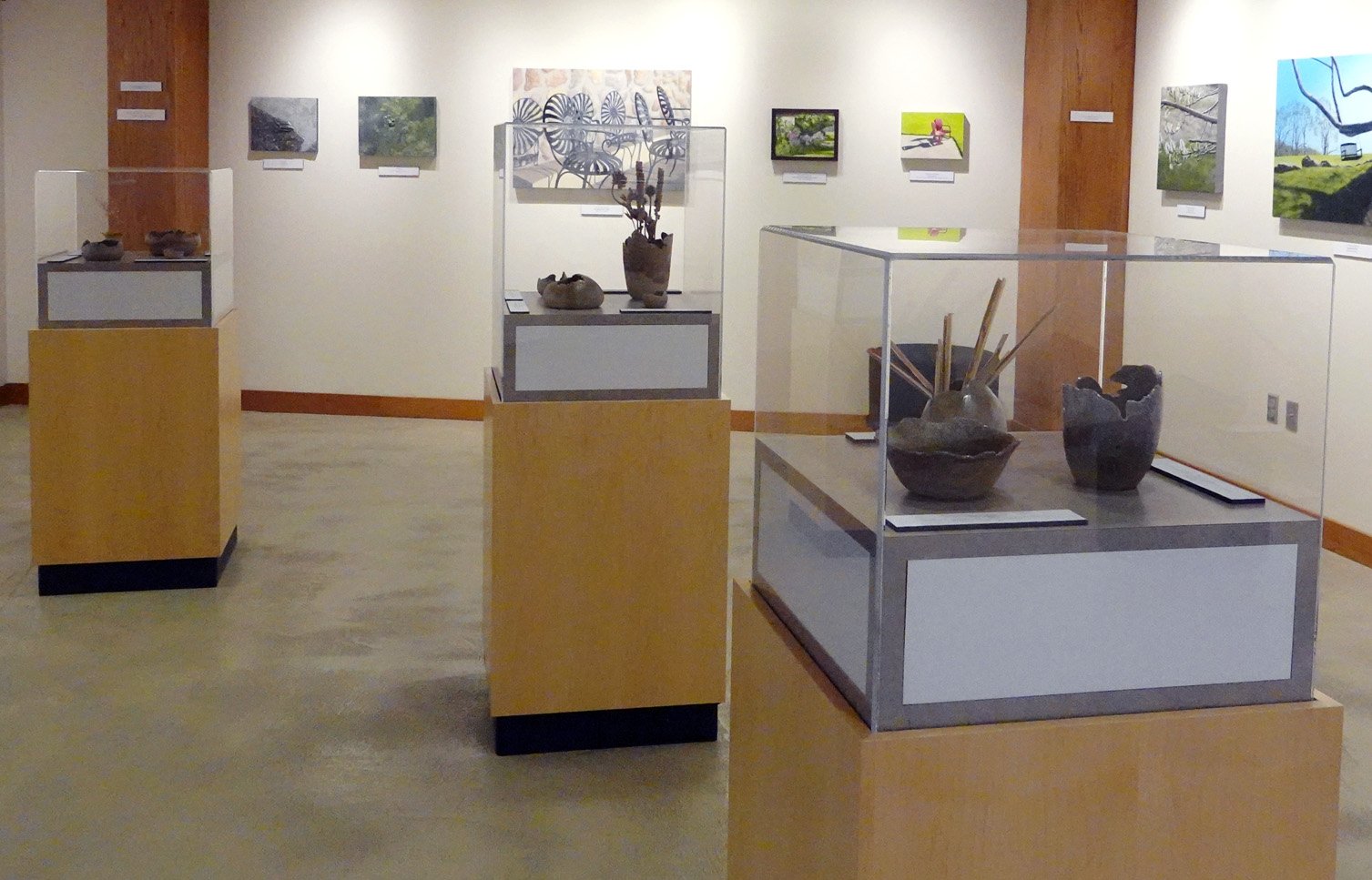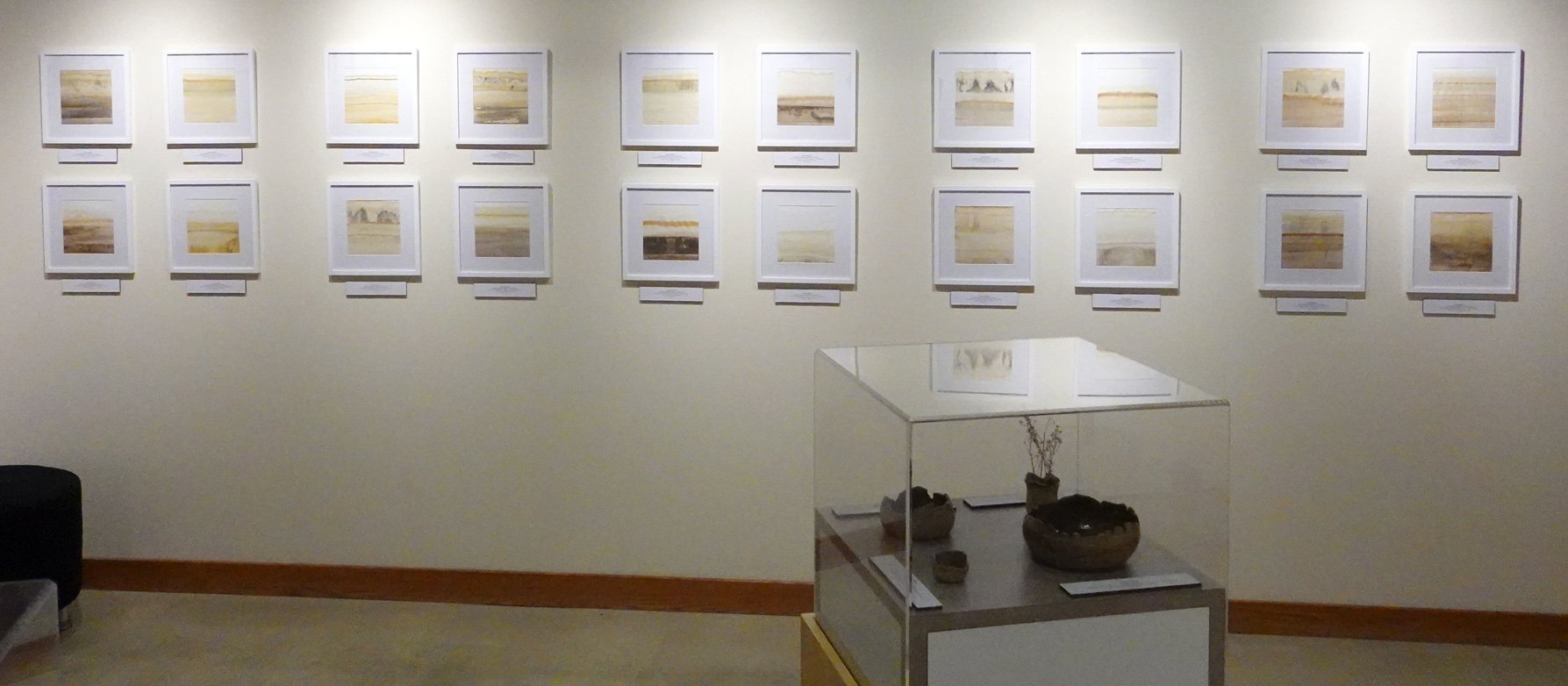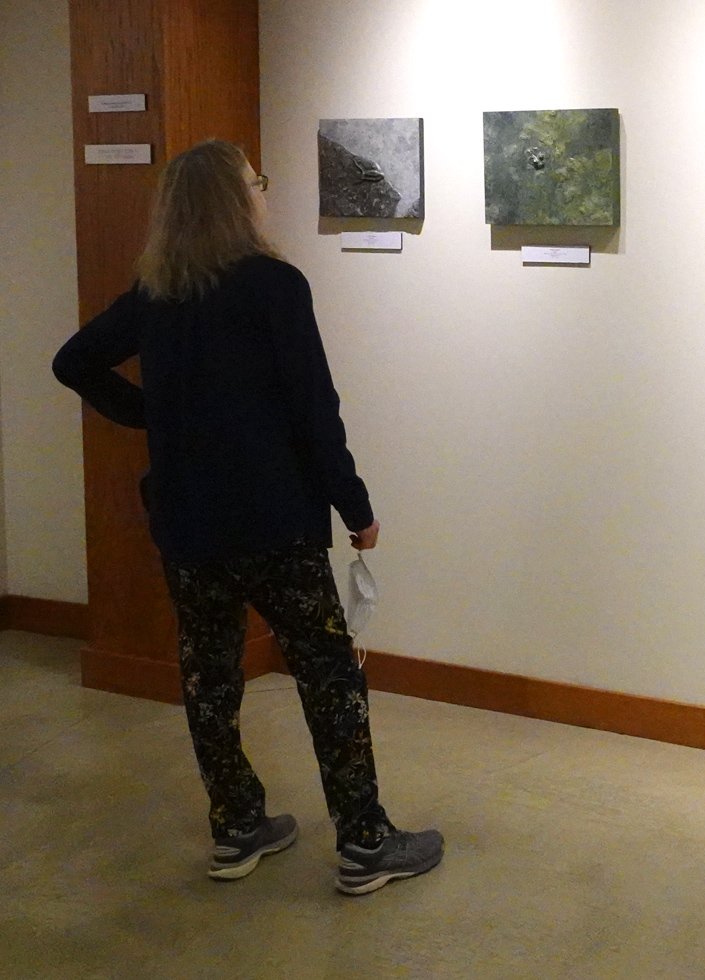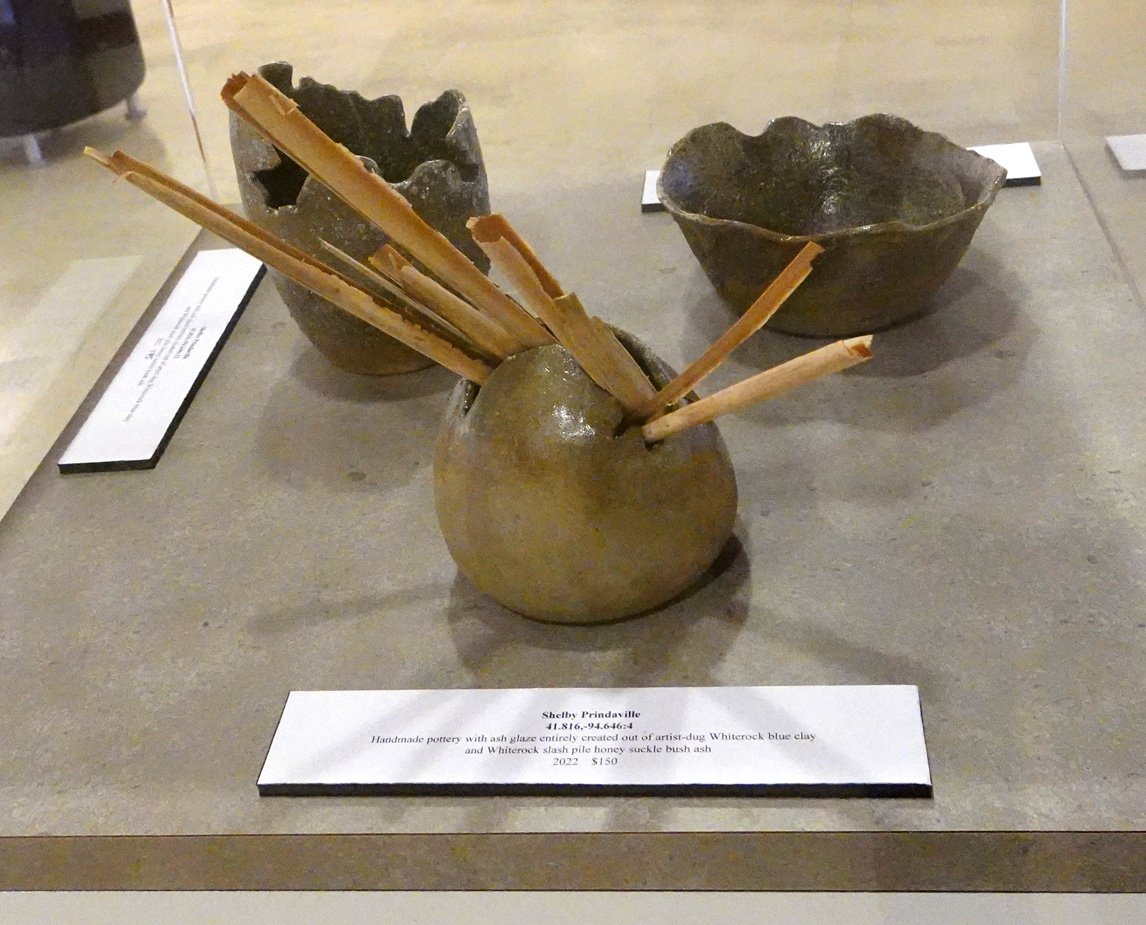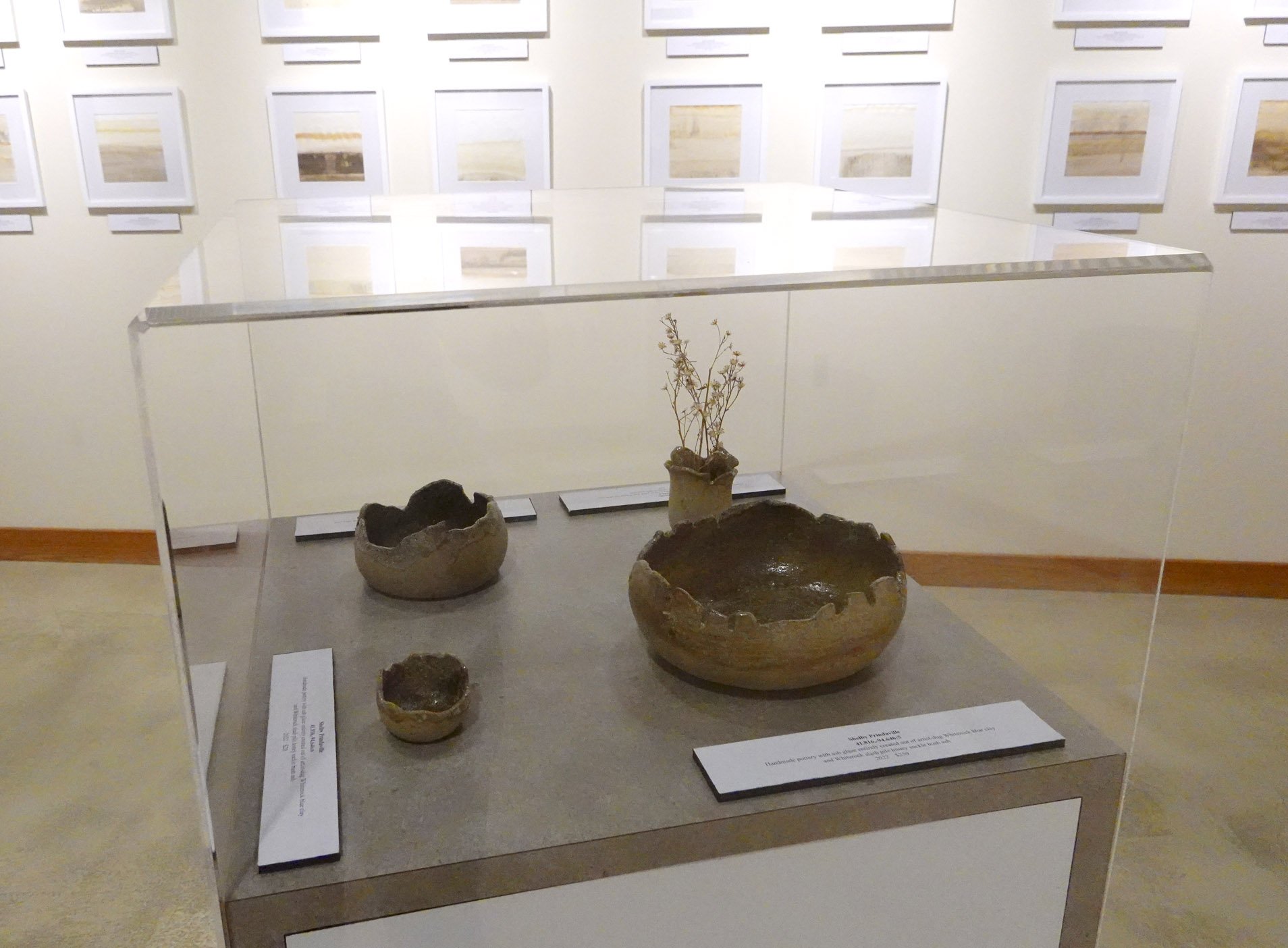Having that one hoopoe sunbathe in what felt pointedly for me was a genuinely amazing experience, and even though I think the pose is somewhat challenging for viewers, I knew I needed to paint it.
Each time I’d walked past or into olive wood stores, I considered if I wanted to purchase an olive wood slab to use as a substrate. There were a lot of slabs that had been made into cutting boards, complete with runoff depressions and handles, but several stores offered flush slabs (I imagine with the intended usage being cheese and serving boards). One day, I was in another olive wood shop and I decided to sift through all of their flush slabs, and I found one with a really compelling wood grain design that in my mind referenced the hot summer Mount Lycabettus landscape, and I could envision putting the sunbathing hoopoe atop it. It was a smaller slab than I ideally wanted, but then again, whatever I acquired would have to fit in my luggage… and size was important but so was the wood grain design - and this one was pretty perfect. I dithered about it for a little bit, and then decided to take the plunge and get it. Post-purchase, I went into another olive wood store to see if I’d immediately regret my choice by finding a better slab, but they did not have one that positively compared with mine so I took that as a win and stopped second-guessing it.
The hoopoe’s distinctive, high-contrast plumage is particular enough that on this and the previous hoopoe painting I needed to do a full shaded drawing first (rather than merely a contour drawing, which is what I typically can get away with). As I tell my students, time management is crucial to being a productive, well-compensated artist - the faster you can finish a piece while keeping high standards, the sooner you can begin the next. The only other painting in recent memory that I’ve done a full shaded drawing for is Velocity, my painted turtle painting.
The underlying drawing, which I think gives you some insight into the difficulties I faced working atop this high-contrast substrate.
Drawing my sunbathing hoopoe on top of the olive wood was really difficult. Not in terms of making marks - that was fine! - but in terms of accurately putting a competing design on top of the loud wood grain already present. Even the placement and size itself was difficult to determine! Then once I began, sometimes the drawing perfectly aligned with the wood grain, which itself was startling and caused me to second-guess my work, but other times I had to dismiss what the wood grain was doing and superimpose a different line.
The painting was also tedious, in that the smaller-than-desired size of the slab meant the artwork too was a bit smaller than I wanted and I had to use my three smallest brushes to paint the whole piece. I also needed to layer the paint and build it up, as the high-contrast wood grain design bled through my first few layers of paint (particularly the white areas). I’d guess the white areas have at least six applications of white paint to achieve my desired opacity.
After I added the sun, it looked too anemic; a simple gold circle in the olive wood sky blended in too much. I slept on it, and the next day I decided to add a darker gradient halo to the sun. This detail was instrumental; I am really pleased with how much it enhanced the artwork.
I managed to finish this piece just before my show reception, so I snuck it into the show by placing it on a small stand on the gallery display counter. A number of viewers remarked at how natural and easy the piece looks in that it all flows and sits exactly where it should. Given how difficult it was to execute, that was rewarding to hear.
The field biologist who had taken me on a couple Mount Lycabettus hikes and knew I was painting hoopoes arrived and brought with him some sparrowhawk and hoopoe feathers he’d found. One of the wing feathers he brought perfectly aligns with my painting, which is really cool. I toyed with the idea of incorporating it into the painting, but decided not to do so (yet, anyway!).
This is Radiance, acrylic on natural olive wood slab, 7.5x16.5x.75", 2023.



